Table Of Contents
- Do You Need a Protein Powder?
- What is Whey Protein?
- What Types of Protein Powder Are There?
- The Best Types of Protein Powders
- Is Some Protein Powder Dairy Or Lactose-Free?
- Which Type of Whey Protein Powder Should You Buy?
- When Should I Take Protein Powder?
- Can Protein Powder Help You Build Muscle?
- How Much Protein Should I Take To Build Muscle?
- What Else Is Usually In Protein Powder?
- What To Avoid
- Conclusion:
Introduction:
Let’s begin by talking about what a protein powder won’t do. Protein powder is often touted as a way to build muscle more quickly or to lose weight more quickly. In fact, it will do neither of these things. At least, a protein powder won’t directly cause you to lose weight or gain muscle. A high-protein diet is a good way to build muscle and lose fat with more speed. In that regard, the common outlook is somewhat true. However, you can get all your protein from food and get the same effects. The purpose of the protein powder is to simply make things easier.
Do You Need a Protein Powder?
The first thing you need to ask yourself is whether or not you need to use protein powder. As stated before, one can simply get all their protein from food, eliminating the need for supplements. However, there are several problems with this idea. Let’s go over these problems one at a time.
-
- Expense: Getting all your protein from food is somewhat expensive. The highest-protein foods like meat tend to be a little pricier than the average American diet. In fairness, it’s worth noting that the average American diet isn’t very good at all.
- Inconvenience: Eating a healthy high-protein diet usually requires cooking for every meal. Most restaurant food is garbage unless you are eating at a very high-quality place, which leads us back to problem #1. Every aspect of this diet takes extra time. You will spend more time shopping, more time cooking/preparing your meals, and you will need to pre-make your meals if you plan to eat away from home. This adds the inconvenience of hauling a lunch bucket around.
- Boredom: High-protein diets can sometimes be redundant. Once you get yourself into a nice healthy routine, you may find yourself getting tired of foods that you normally enjoy. For instance, you may love beef, but after eating it every day for a few months the body and mind will naturally crave something different.
- Trouble With Balance: If you choose to get all your protein from food, it can make it a little tricky to balance your other nutrients, since you are concentrating on just one. Remember that your body needs more than just protein! In order to function at peak capacity, your body needs a certain level of about 20 different amino acids.
There are many problems with the idea of getting all your protein from food. As such, most people find it more convenient to make use of protein powder. If you expect to increase your muscle mass, the answer to the question is yes.
For older people, there is an increased need for protein, according to some research. This report found that older people required increased levels of protein in order to attain optimal levels of muscle function. In addition, higher protein intake can protect older people from the onset of sarcopenia.
Sarcopenia is the scientific term for the loss of muscle function that often occurs with aging. Although this is one of the natural results of aging, it is one of the few that can be prevented (or at least greatly reduced). Regular exercise and a good diet, including a higher level of protein, allow many older people to outperform younger people who aren’t in particularly good shape.
You might also consider the use of protein powder if you are trying to lose weight. It can be very difficult to lose fat without losing some muscle as well, and this is a frequent problem for those who want both muscle and definition. However, lean sources of protein are the answer to this problem.
Research shows that a high-protein diet helps to protect fat-free mass (which is mostly muscle) during weight loss. By eating more protein than the recommended daily allowance, you can ensure that your muscle gains are not eliminated or reduced by your fat loss program.
The Best Types of Protein Powders:
First, let’s discuss the important differences between concentrates, isolates, and hydrolysates. In general, these three labels just represent different ways in which the protein powder is processed before reaching the shelf. For ease of comparison, we will compare three different forms of whey protein (since it is by far the most common protein supplement on the market) that have been processed in these three different ways. Here is a quick guide to some of the ways in which whey is processed.
Whey protein concentrate
To make a concentrate, they take the raw liquid whey and extract as much protein as possible using heat, acid, or enzymes. The extraction of useful substances from base materials using heat is easy to understand. Consider what happens when you make tea. You take a bag of leaves and cook them in hot water to draw out the essential ingredients of the tea leaves. This works because heat causes all substances to break down to one degree or another, and this usually involves a release of their component chemicals.
Like a glass of tea, a simple extraction does not produce the most concentrated product that is possible. Whey protein concentrates tend to be 70%-80% protein by weight, with the remainder being mostly fat and carbs left over from the milk. These types of supplements are usually cheaper because of their relatively quick and inexpensive processing time.
Whey protein isolate
An isolate is like the more advanced version of a concentrate. The process of creating an isolate is very much like the process of creating a concentrate, only more advanced and thorough. Whey protein isolates are normally 90% protein or more, containing little to none of the fat and carbohydrates that were present in the concentrate.
As you might imagine, whey protein isolate is significantly more expensive than a concentrate of the same type. The reason for this is obvious: A longer manufacturing process means that the product is more costly to manufacture. Thus, the company has to charge more for this type of powder to cover the increase in production costs.
Whey protein hydrolysate
This might accurately be described as “pre-digested” protein. As we mentioned earlier, the extraction of whey protein from the raw material is usually achieved through the use of heat, acids, or enzymes. However, manufacturers can take that process a little farther to obtain some different results.
As we mentioned earlier, heat and acids cause substances to lose their molecular cohesion and (eventually) break down. When a substance is slowly heated, this process can be controlled to produce very specific results.
Now consider the fact that your stomach is basically just a bag of hydrochloric acid. The process of digestion is nothing more than the dissolving of food in a relatively weak hydrochloric acid solution. So, some scientist apparently decided that he could use this same acid in the lab to pre-digest whey for easier use by the human body. As such, the main advantage of hydrolysate protein is that the body can absorb and use it more quickly.
What is Whey Protein?
You probably know that milk contains protein (among a host of other healthy substances). What you may not know is that this protein consists of two main substances: casein and whey.
Whey has been known since ancient times, but makers of cheese and yogurt used to discard it, considering it to be worthless. This is because they had no way to gauge its nutritional value. Thus, they were unable to recognize that whey is incredibly dense in protein. One cannot blame our ancestors for their oversight since whey alone doesn’t taste very good at all.
The whey-based protein powders that we have all seen before are quite different from raw whey. For one thing, flavoring is usually added. This is something that you have to be careful about because some companies will add a lot of sugar or other sweeteners in an effort to improve the taste.
If you have any doubts about the safety of whey as a protein supplement, you should be aware that human breast milk consists of 60% whey protein. This means that you drank a whole lot of whey protein for the first six months or so of your life. This and other proteins that are present in human milk also prepared your immune system for the world and allowed you to survive.
What Types of Protein Powder Are There?
Of course, there are many types of protein powder out there. We don’t want to concentrate too much on whey protein, but it has received special emphasis because it is (by far) the most common protein supplement for bodybuilding. However, whey isn’t necessarily the right solution for everybody, and that’s why many alternatives exist. Let’s take a look at some of them.
Whey Protein
We already discussed this one at length, so let’s just discuss one or two additional facts about this substance. First of all, whey protein is a protein that is easy to alter in many different ways. This allows supplement makers to customize and tailor the substance to fit the needs of individual consumers.
If you would like to know the specific proteins that are contained in whey, they are:
Beta‐Lactoglobulin, Alpha-Lactalbumin, Albumin, and Immunoglobulin.
Beta-Lactoglobulin is slightly mysterious. It is well-studied, but its’ biological function has not been positively identified. Alpha-Lactalbumin is primarily an energy source, and its natural role is to impart a high level of nutrition to a growing organism. It may also have anti-cancer properties. It makes up about 20% of most whey protein. Albumin is a protein that is normally produced by the human liver. It mainly acts as a carrier to distribute enzymes, hormones, and sometimes medicines to the various systems of the body. Albumin tests are medically important because they are a key indicator of kidney disease. Immunoglobulin is a key factor in the functioning of the immune system.
Casein Protein
We already mentioned casein as an important constituent of milk. It makes up about 80% of the protein found in cow’s milk, and about 40% of the protein found in human milk. As such, it is similar to whey in its properties and effects, with several important differences. Like whey, casein is a complete protein. According to this book, human milk has a relatively low casein content when compared to the milk of most other mammals. The most common food source of this protein (other than milk) would be cheese.
Another interesting fact about casein is that it can be used to make plastics. Some of the earliest plastics were based on extruded casein, and fibers have been made from this substance as well. Of course, we aren’t interested in those qualities.
Soy Protein
Soy protein is added to many foods, especially inexpensive foods. This is because soybeans produce more protein per acre than any other crop in the world. Soy has been called a “wonder bean” by some researchers. Though this statement may be a little exaggerated, it is based on some truth.
Soy contains all of the essential amino acids that are necessary for optimal functioning of the human body. Your body makes most of the amino acids it needs by synthesizing it from other materials. However, there are certain amino acids that your body cannot synthesize. These must be obtained through food, and a soy supplement gives you a way to get all of them at once.
In fairness, we should mention that soy protein has some criticisms. Soy contains phytoestrogens, which have some potential to disrupt the endocrine system in large amounts. For this reason, some physicians have recommended that young children should be kept away from soy. However, it should be noted that more research needs to be done in these areas to know for sure.
Pea Protein
When you are considering the use of a non-mainstream and non-dairy protein supplement, you have to consider the use of legumes at some point. Legumes are a family of plants that include beans, peas, and a few others. Obviously, we don’t want to use beans because of their “musical” effects! Lentils are another relatively common legume, but they are more expensive to produce. However, peas offer a very similar nutrient profile at a low cost and without the flatulence.
In terms of protein per acre, legumes are right behind soy and rice at number three. Like soy, it contains all nine of the essential amino acids, making it a great substitute for those who either don’t like soy or who may be allergic. This study found that peas were so high in protein that they could potentially be used as a meat substitute.
Like meat, peas are rich in iron. Iron (in trace amounts, of course) is important to the proper transport of oxygen through the blood. When your iron levels are low, your body has to work harder to obtain the same amount of energy because the energy transport system isn’t functioning properly. It’s even more important for bodybuilders because a high level of iron will allow your blood to deliver more oxygen to your muscles.
It should be noted that plant-based iron is a little harder for the body to absorb when compared to iron from animal sources. This problem can be mitigated by increasing your intake of vitamin C, as it will help you to digest iron more efficiently. This study found that bioavailability of iron can be increased with iron and several other nutrients.
Egg Protein
Egg-based protein powders are also available. These are usually made by drying out egg whites and rendering them into a powder. One problem that must be addressed right away is that egg whites are not particularly high in protein. Whole eggs are extremely high in protein, but about half of that protein is contained in the yolk. Egg whites are about 90% water by weight. However, the other 10% is nothing but good, pure protein. Another upside is the fact that egg whites are extremely low in calories, fat, and cholesterol.
There is also some evidence to show that egg whites can be beneficial to the functioning of the immune system. Mother chickens have been shown to pass on their antibodies (basically infection-fighting particles) to their chicks through the various parts of the egg including the white. Upon further study, scientists found that other birds did this as well.
This study might also be of interest to you. It is a comprehensive review of the various proteins contained in the eggs of various birds. Although some of these are wild birds that you would probably never consider as a source of eggs, it’s always good to know as much as possible.
The study shows us that the white part of a chicken egg contains a relatively high amount of sialic acid. This is interesting because sialic acid is found in the human body, and most of it can be found in the brain. This means that egg whites could be beneficial to the health of the human brain. Eggs are also another example of a complete protein source, as they contain all nine of the essential amino acids.
Rice Protein
Many people are genuinely surprised to learn that rice contains quite a bit of protein. If you look at the list of protein-producing plants that we referenced earlier, you will see that rice produces more protein per acre than any other plant except soy. Most people wouldn’t consider rice to be a primary source of protein, but it definitely has enough protein to meet your needs.
That being said, rice does not contain all nine of the essential amino acids, so it needs to be supplemented a little bit. Most meat products contain all nine of the essentials, so any of these could be eaten with rice protein powder, and you could also mix it with soy or egg protein.
Rice contains six of the nine essentials: histidine, isoleucine, leucine, lysine, methionine, and phenylalanine. It lacks the other three essential amino acids, those being threonine, tryptophan, and valine. So, if you opt for rice protein be sure that you adjust your diet to contain a little more of those last three substances. Rice is also somewhat deficient in terms of its lysine and methionine content. That being said, rice protein isolate is over 90% pure protein, so it is still quite powerful.
Rice has the advantage of having almost no fat, while still providing most of the proteins that the body needs. For those who are trying to build serious muscle, rice protein has usually been considered to be an inferior choice. However, those who are mainly interested in weight loss and lean muscle growth might find it to be the right protein powder for their needs.
Hemp Protein
If it surprised you to learn that rice is high in protein, it might also surprise you to learn that hemp (aka cannabis) contains a very high level of protein. First of all, it provides all nine of the amino acids, giving you a diverse array of proteins from an incredibly lean source. This type of supplement is usually made from the ground seeds of the hemp plant.
Here is some research to support the idea of hemp being used as a nutritional supplement. These researchers found that hemp contained all nine amino acids in nutritionally significant amounts, and that hemp is particularly high in arginine.
The study also tells us that a hempseed is about 25% protein and that it is exceptionally rich in omega-3 and omega-6 fatty acids. However, some other research has found hemp to be somewhat deficient in the amino acid lysine, which would keep hemp from being a complete protein if the information is true.
There are two downsides to the use of hemp protein powder. One of them is the fact that hemp protein powder tends to be a little weaker than its counterparts, with the average powder containing a little less protein than those made from whey, casein, rice, etc. Another slight problem is the fact that this type of protein powder tends to be more expensive.
This is mainly due to laws in many countries that restrict the cultivation and use of all cannabis products, even those that have no potential to be utilized as drugs. Because of these laws, hemp can only be grown in certain countries, and that makes the price go up significantly unless you happen to live in one of those countries.
Is Some Protein Powder Dairy Or Lactose-Free?
There is one way in which a lactose-intolerant individual might be able to use milk-based protein powders like whey and casein. The answer is to choose a high-quality isolate rather than a concentrate. While this means paying a little more, I’m sure those who suffer from this intolerance would find the cost to be well-justified.
Research has shown that most lactose-intolerant individuals can handle tiny amounts of lactose, as long as a certain threshold is not exceeded. For most types of whey and casein isolates, we can see that they contain one gram or less of lactose per serving. This means that you can probably use these isolates if your condition isn’t too sensitive.
Lactase tablets can also be combined with whey or casein isolates to lessen the chance of a bad reaction. Lactase is used by the body to break down lactose and digest it, and the lack of lactase is what causes lactose intolerance in the first place.
Your options for alternatives are quite numerous. As we already mentioned, you can buy supplements made from eggs, peas, brown rice, and hemp. All of these protein sources contain no lactose whatsoever. There are also mixed-plant protein powders, and most of them are also safe. You can also get protein supplements that are entirely meat-based, though they tend to be more expensive.
Which Type of Whey Protein Powder Should You Buy?
In general, there are two main reasons that people choose to engage in an intensive fitness program. These reasons are:
Building Muscle
Weight Loss
When you are choosing a protein powder, you should keep your goals in mind. It might be tempting to think that your choice doesn’t matter because of the fact that all protein serves more or less the same function. However, there are still key differences to consider.
One thing to consider is the fat content. If you are trying to bulk up, a little bit of fat should be helpful as long as you are active enough to use it before the body put it into long-term storage. A whey concentrate would be a good way to go for this kind of training outlook. If you are trying to lose weight, you obviously need the leanest supplement you can get, while still getting enough protein to fuel your workout. Rice protein isolate would be a great choice for this training outlook since it has almost no fat.
Training preferences are another factor to be considered. As we already mentioned, hydrolyzed protein can be digested more quickly. So, if you are taking your protein supplement right before a workout, a hydrolyzed casein supplement (for instance) would be a great way to deliver that protein to your muscles as soon as possible. If you tend to wait a short time between taking your supplement and hitting the weights, go with something more traditional.
Protein content (usually indicated in percentage by weight) is also important. If you are trying to gain maximum muscle, you will need all the protein that your body can handle. If your goal is simply to lose weight and/or improve your appearance, you don’t need quite as much protein. Also, high-protein diets are notorious for causing digestive issues so don’t go farther than your body will tolerate. Obviously, isolates contain more protein. Soy, rice, and legumes are the top three in terms of protein per acre, so these are the three to look for if you want maximal protein intake.
You should also consider your overall health and think about what your body needs. Most of these protein powders have side benefits that have little or nothing to do with the protein content. For instance, hemp-based powders are very high in omega fatty acids. If you are looking to get these kinds of side benefits, go with a less-pure concentrate since an isolate may filter out the ingredients that cause them.
Intrapro: This product is a little more complicated than it appears. Although it is made from 100% whey, it is not a concentrate, an isolate, or a hydrolyzed protein. Rather, this product is a mixture of all three which is intended to deliver the best of all three supplement types.
This blend offers a supplement that is easy to digest like a hydrolyzed protein, while the concentrated protein offers plenty of side benefits since it isn’t quite as purified. The isolated protein gives the user a punch of pure and high-quality protein to round out the effects of this universally useful product.
Real Mass: This is a high-performance supplement in every way. It’s loaded with way more protein than the average person would ever need, but it’s just enough to help you get pumped in minimal time.
The time-release formula is intended to not only stretch out the benefits of the protein but also to give you long-lasting energy that will fuel those intense burnouts. By stretching out the effects for up to eight hours, this product is great for those who want to work all day.
SizeOn:
One of the good things about this product is that it is formulated to prevent dehydration. When you’re really trying to push yourself, dehydration is an enemy that can sneak up on you before you realize it’s a problem. The symptoms of this problem can sometimes be written off as the result of a good burn, but don’t mess around when it comes to hydration! The weakness that comes from it can cause muscle failure, and this can be absolutely terrible if it happens at the wrong moment.
This is an improved version of the original SizeOn, which was described by some as the “king of creatines.” This is because it presents an effective blend of protein, creatine, and complex carbohydrates that have been proven to produce results.
Myofusion:
This is another blended supplement that takes blended supplements to the next level. It contains five of the most common workout supplements on the planet, including all three forms of whey protein, casein, and whole milk protein.
Obviously, this one is not suitable for those with lactose issues, but for everyone else, Myofusion offers a five-fingered fist that is sure to knock you into a whole new level of muscle gain. It’s also meant to release the amino acids slowly so as to prevent any of the amino spiking problems that some other supplements can cause.
Proven Egg:
If egg protein seems like the best choice for you, this supplement is a good one to consider. According to some research, the egg is the most efficient source of protein to be found in nature. In fact, this study seems to indicate that its efficiency rating is way above that of most other foods including other popular supplements.
The best thing about this supplement is the fact that it offers egg protein and nothing else. Since eggs are a complete protein, this should be all that you need, and the lack of other ingredients will allow you to more accurately test if egg protein really does give you the best results.
Proven Whey:
This is a blend of whey isolate and hydrolyzed whey, offering a product that is nothing but whey all the way. With this supplement, Gaspari has attempted to create the purest whey supplement on the market, and it would be hard to call that effort a failure.
A lot of people prefer to stick with whey protein because it’s simple, well-proven, and popular. To put it another way, people and animals tend to stick with plans that have provided good results in the past. If you are one of these people, Proven Whey gives you only what you trust and nothing else.
When Should I Take Protein Powder?
There is a long-standing debate about whether you should take your protein supplement before a workout or after a workout. It seems that everyone has their preferences, but the subject has been studied somewhat, and therefore we will attempt to figure out an answer to this age-old question.
There isn’t a clear answer to this question, because many of those who ask the question do not fully understand what they are asking. Research has shown that it doesn’t particularly matter if you take your protein before or after a workout. In this study, two groups of people were assigned to a workout routine. One group consumed their protein beforehand, and the other group consumed their protein afterward. No significant differences were observed.
Another study, this one from the American Journal Of Physiology, found very similar results. The difference is that these researchers found small variation under specific circumstances, but the numbers are more or less the same for both groups.
Having established that the “pre vs. post” debate is not important, let’s talk about the anabolic window, which is important. Although this study found that there were many individual variations as to the exact time frame, there is a certain window of time in which to dose yourself with protein. Generally, this window is determined by your body’s metabolism, making it hard to put firm numbers on this phenomenon. For general purposes, you should consider this anabolic window to last about 1-2 hours before and after a workout.
Can Protein Powder Help You Build Muscle?
The role played by protein in the development of muscle is a huge one. We have already presented loads of evidence regarding this fact, but let’s discuss one more piece.
The following study was done in order to determine the exact effects of protein supplements upon the results that can be obtained by the average person. Their results confirm what common sense has told people for generations.
The findings show that protein supplementation does make a significant difference in muscle growth, but only if combined with hard workouts and healthy diets. In other words, a protein supplement isn’t going to do the work for you. If you don’t push yourself, you won’t get the results you want.
How Much Protein Should I Take To Build Muscle?
We have already established the fact that you need about double the protein intake when attempting to build muscle. Most supplements will tell you how many grams of protein per serving their product contains, but how do you know if you are in the right range or not?
According to the USDA, the average adult requires 46-56 grams of protein per day in order to maintain optimal health.
Women generally need a little less protein than men, but physical activity levels also play a big role. The more active you are, the more protein your body will require. One thing that nearly all fitness experts agree on is the fact that the current recommended daily allowance is far too low.
What Else Is Usually In Protein Powder?
There are many things that can be present in protein powders. Obviously, protein powders that have a higher degree of purity will have fewer additives, but what about the leftovers?
These are usually just remnants of the substance from which the supplement was derived. For instance, if you make a supplement from beef, there is going to be a lot of fat, since beef is a relatively fatty meat. Make a supplement from milk, and there’s going to be fat, calcium, vitamin D, and all the other things that are normally found in milk. However, these “loose ends” aren’t really anything that should worry you. Here is a partial list of some of the secondary ingredients that you might find in your protein powder:
- Sweeteners (both natural and artificial)
- Branched-chain amino acids
- Creatine
- Carbohydrates (various)
- Fats
- Fiber
- Vitamins
What To Avoid
When shopping for a protein supplement, you should remember that some companies are much more conscientious than some others. There are some companies out there who just don’t care about the well-being of their customers, and there are others who use their customers as “guinea pigs” to test untried new products.
Here is a short list of things to avoid. If you see these things on the label of your protein powder, put it back on the shelf:
- Soy Isolate
- Sugar
- Artificial sweeteners
- Gluten
- Glucose
- Hydrogenated substances (not the same as hydrolyzed ingredients)
- Vegetable oils
- Concentrated fats
- some thickeners and gums
- Obvious fillers like wheat flour, coconut flour or psyllium
Conclusion:
In this article, we have made every attempt to arm you with plenty of knowledge. As people have known for centuries, knowledge is power. In this case, the old saying can be taken quite literally, as a greater degree of knowledge about human biology can do a lot to help you get over that workout plateau and increase the size and power of your muscles.
All the supplements and substances that we have reviewed are derived from totally natural sources and are based on proven research and long-standing experience. If you are interested in trying some of these excellent protein powders, please feel free to visit our online store and learn more.


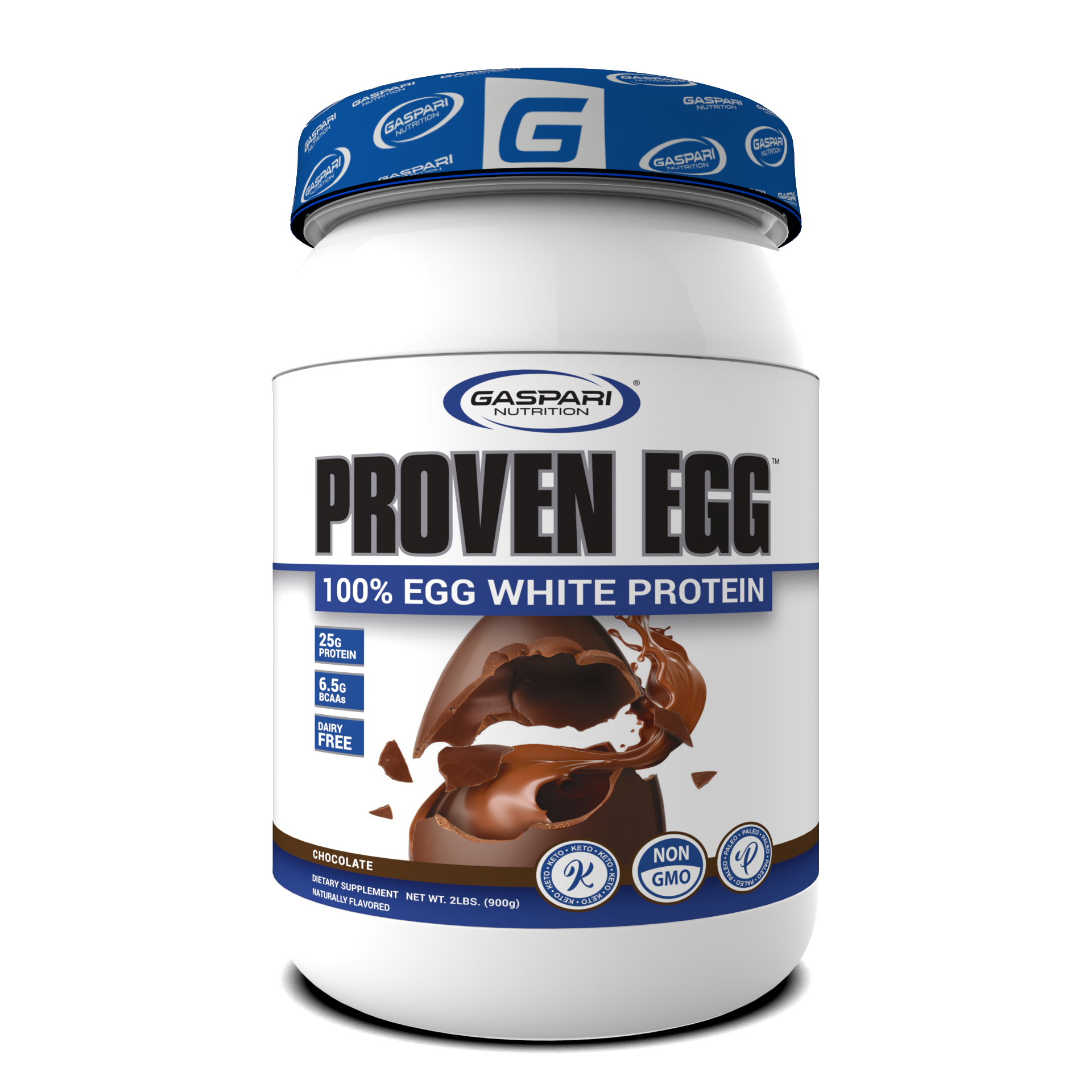




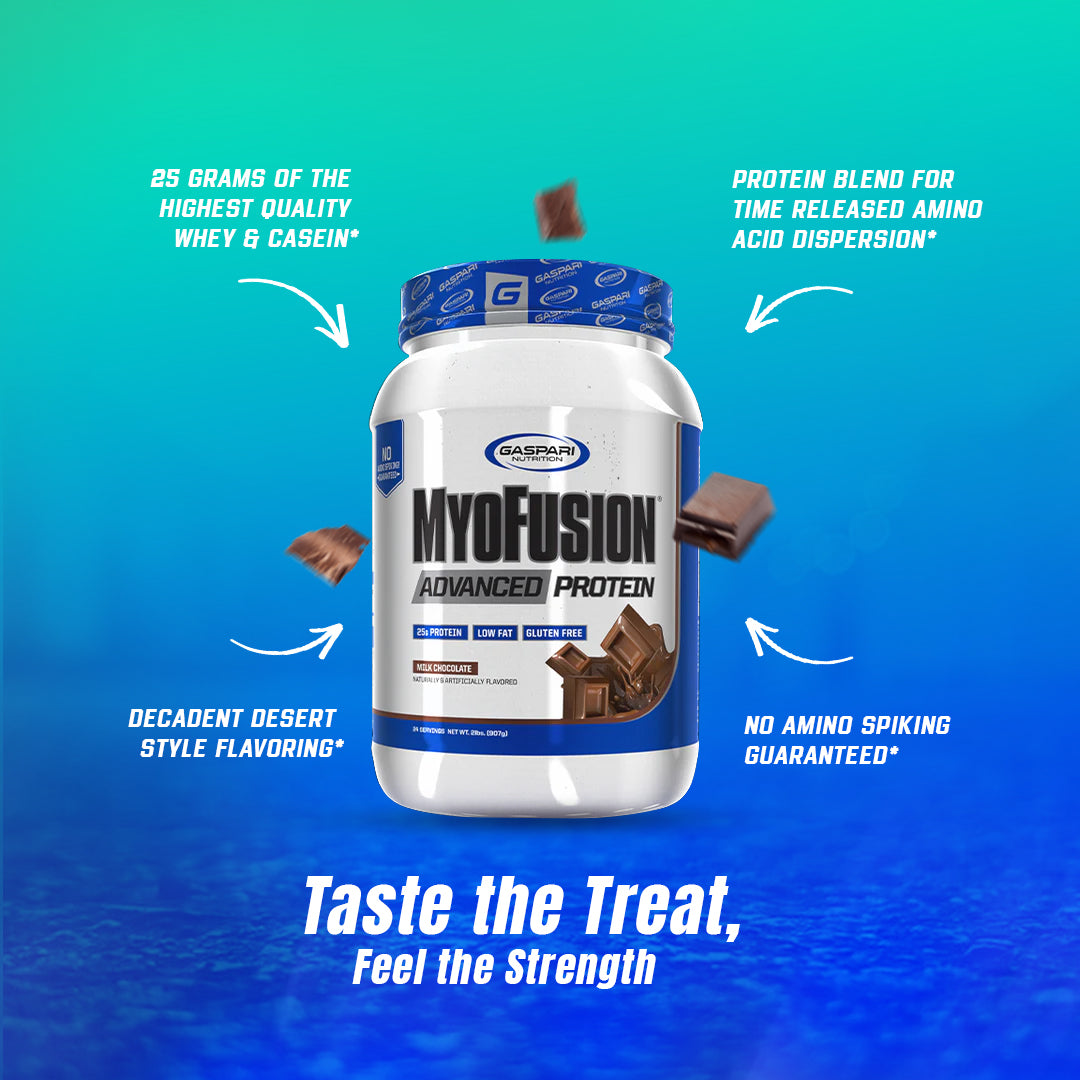

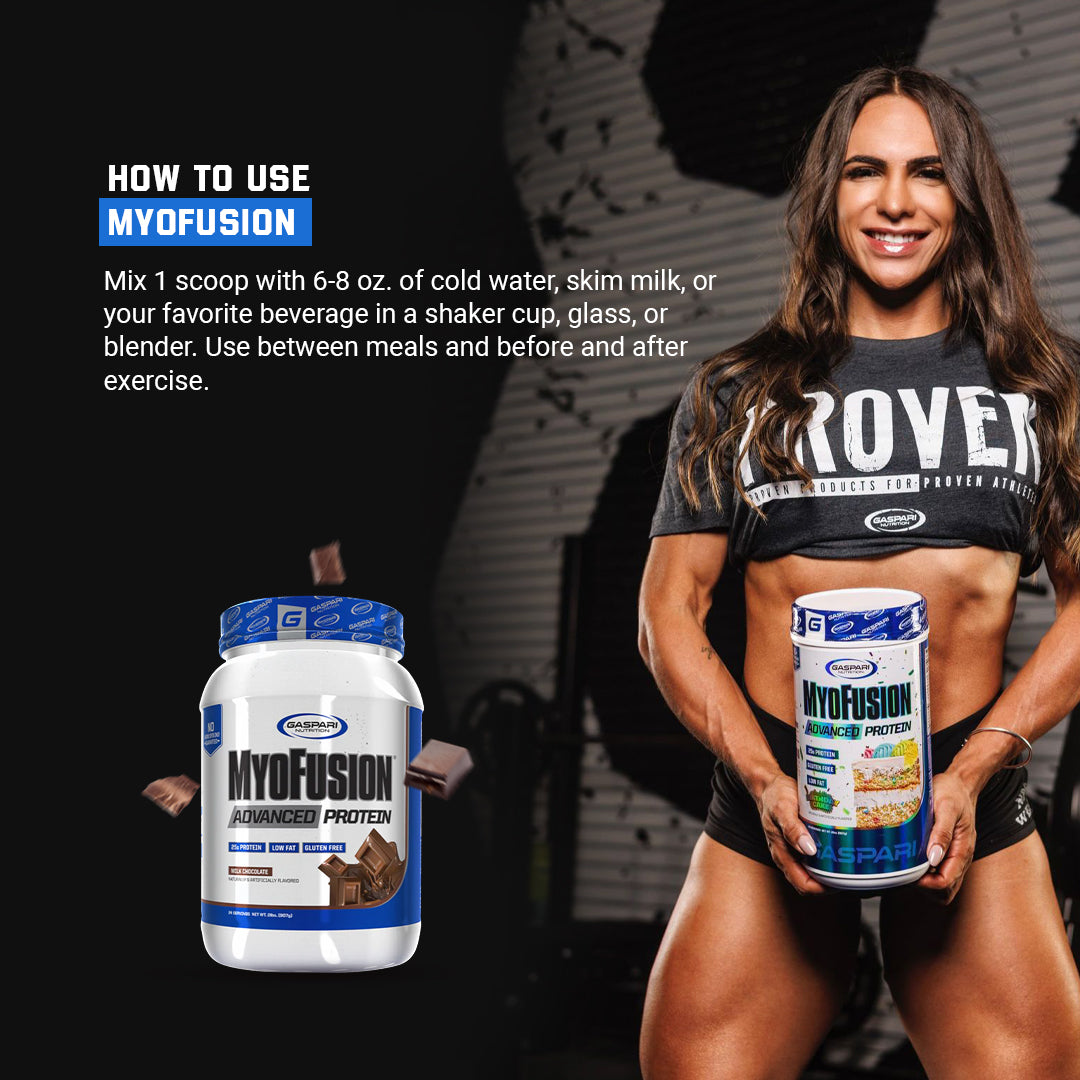
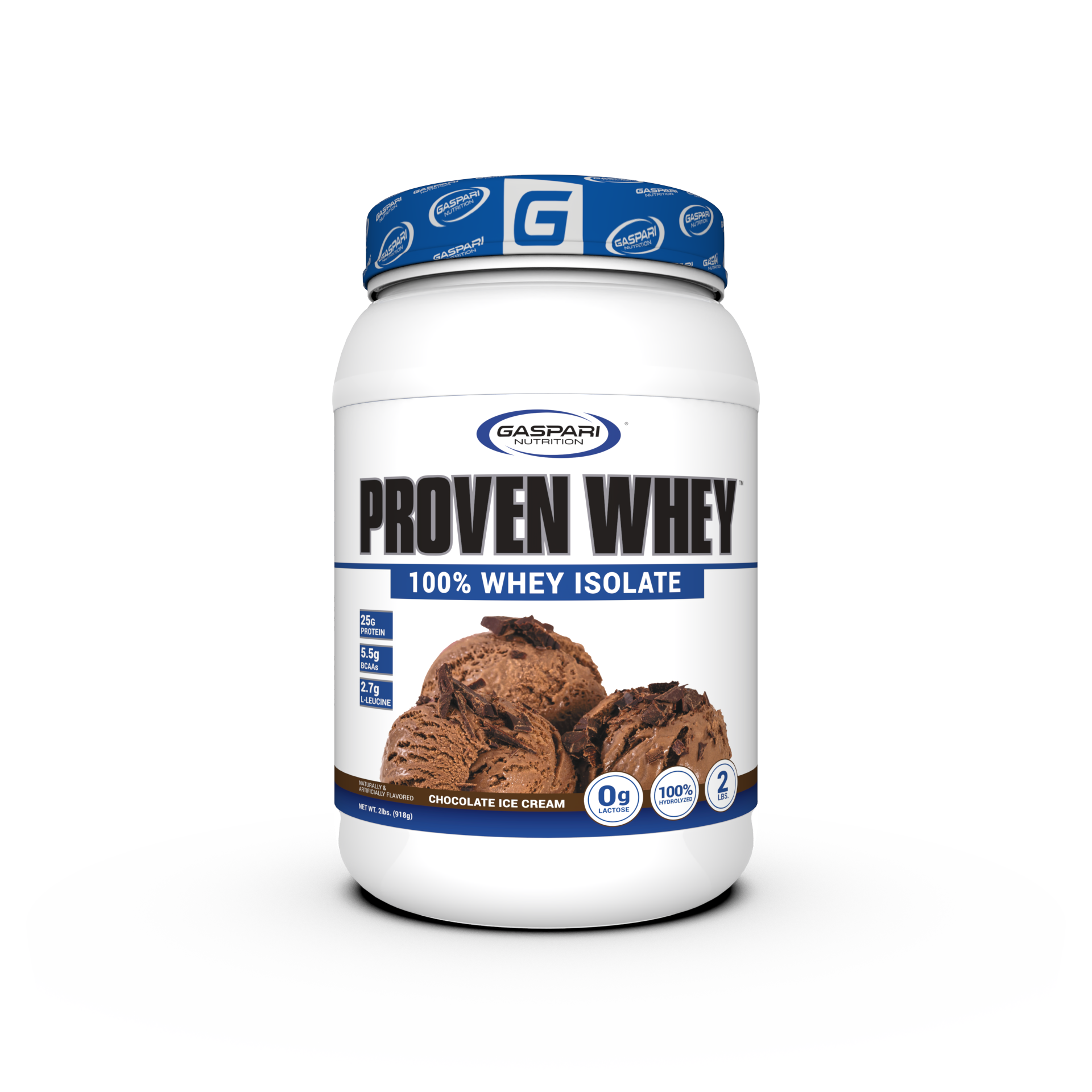


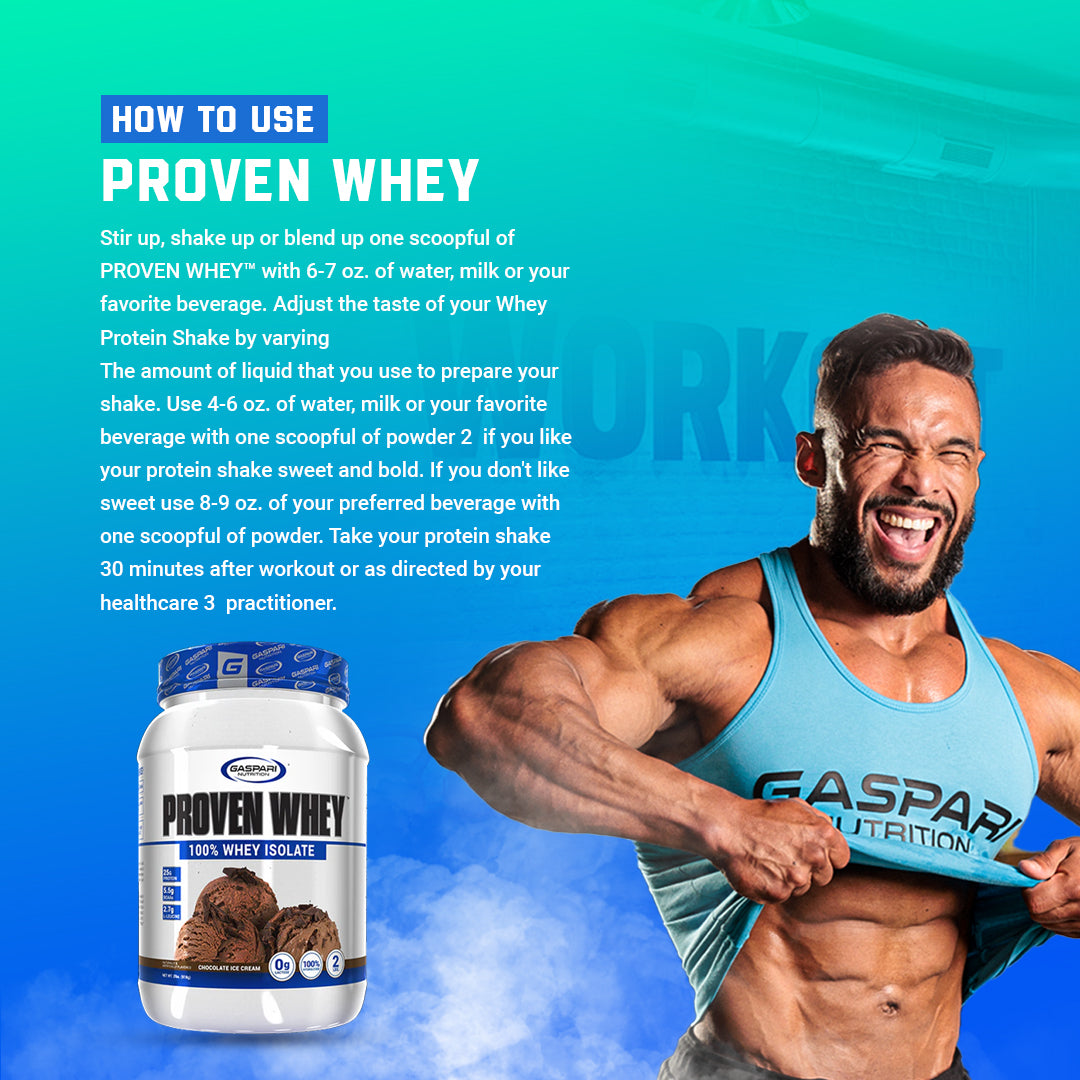

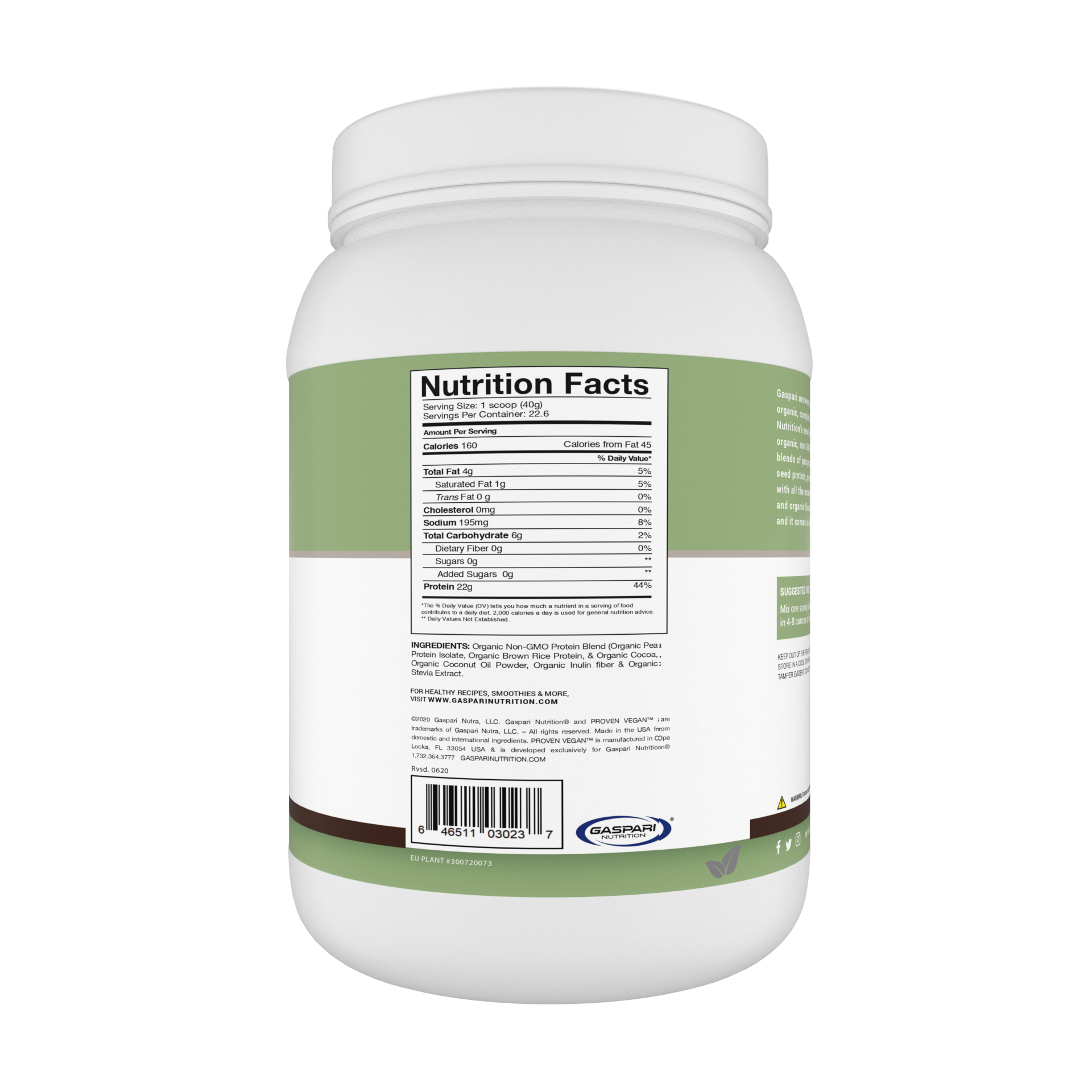

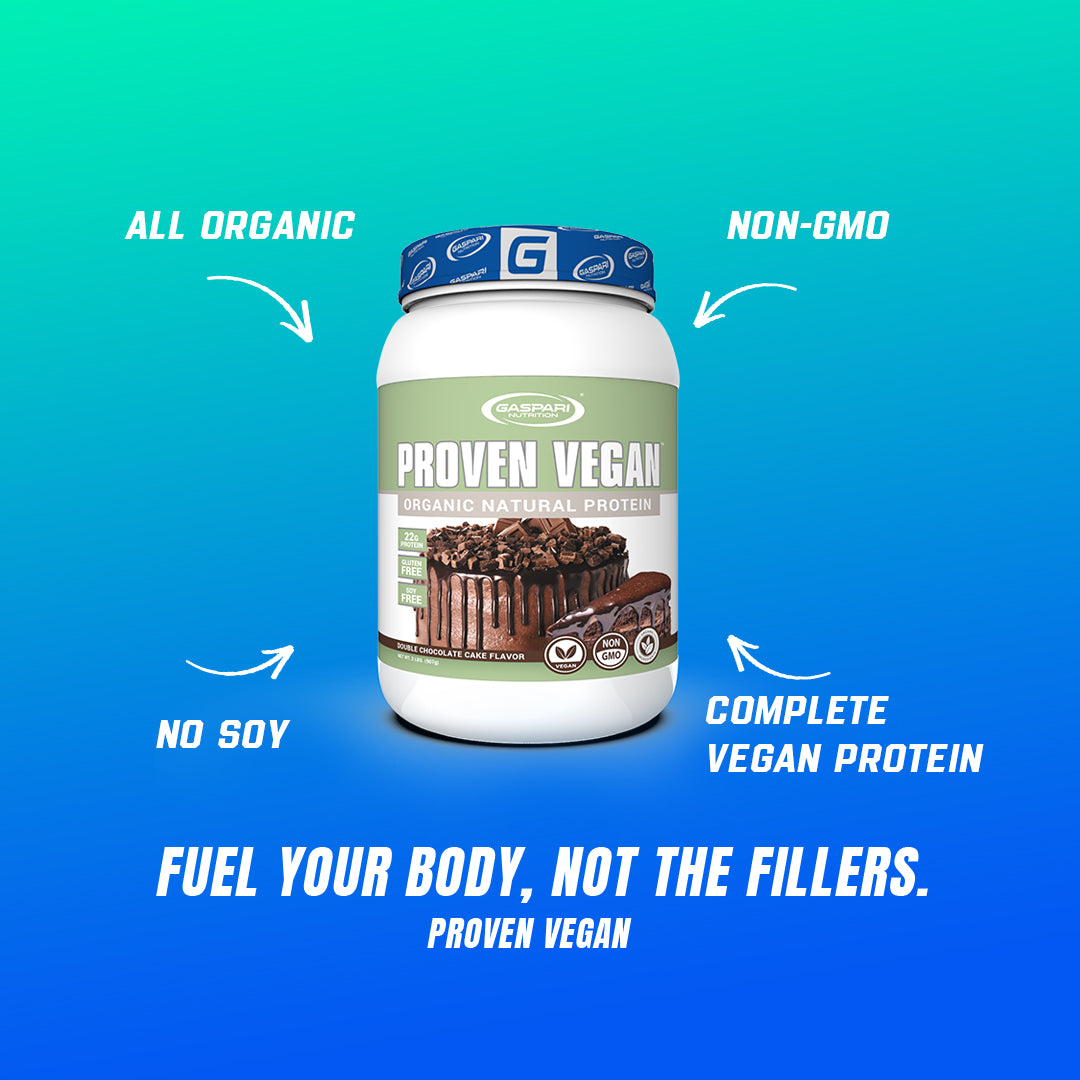
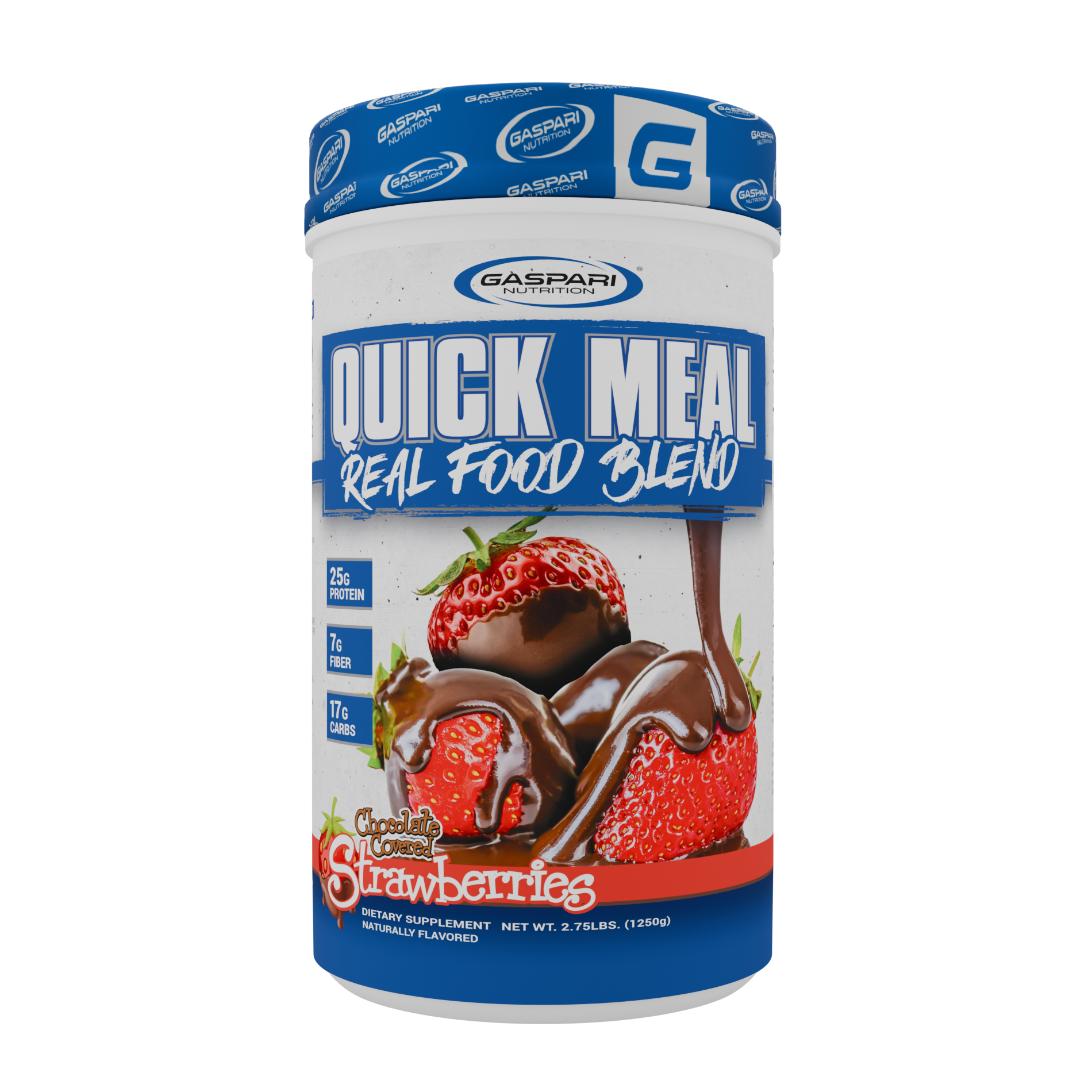


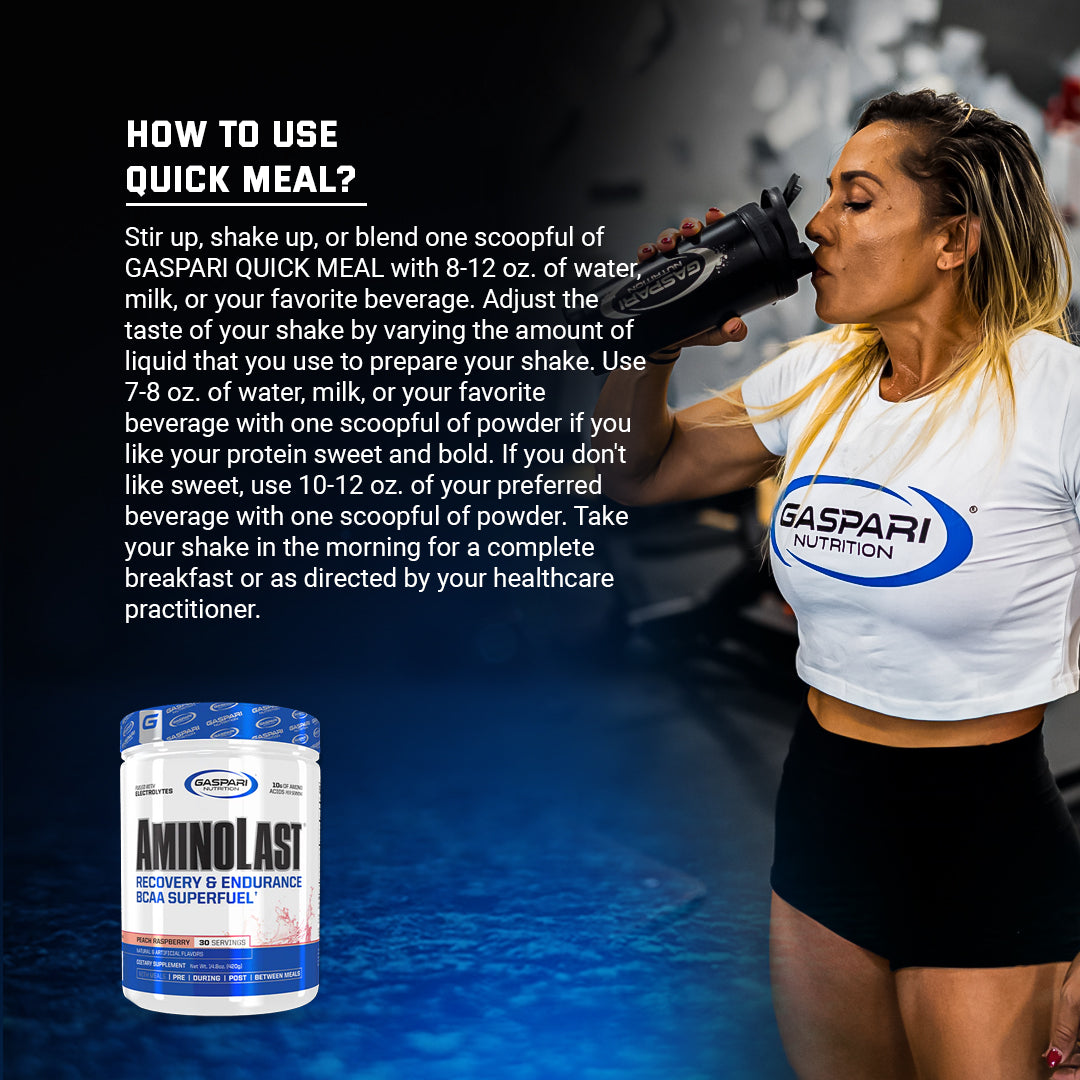
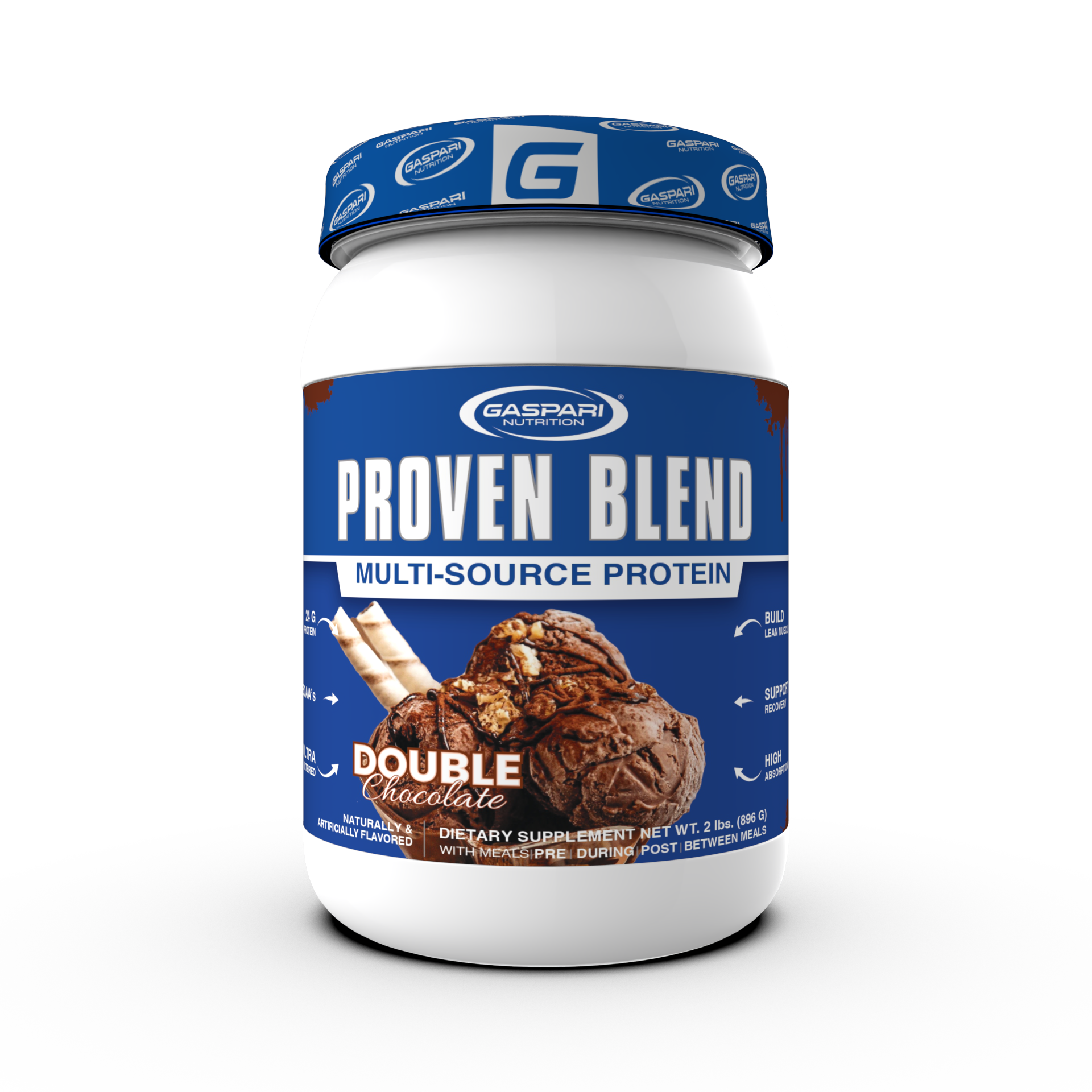
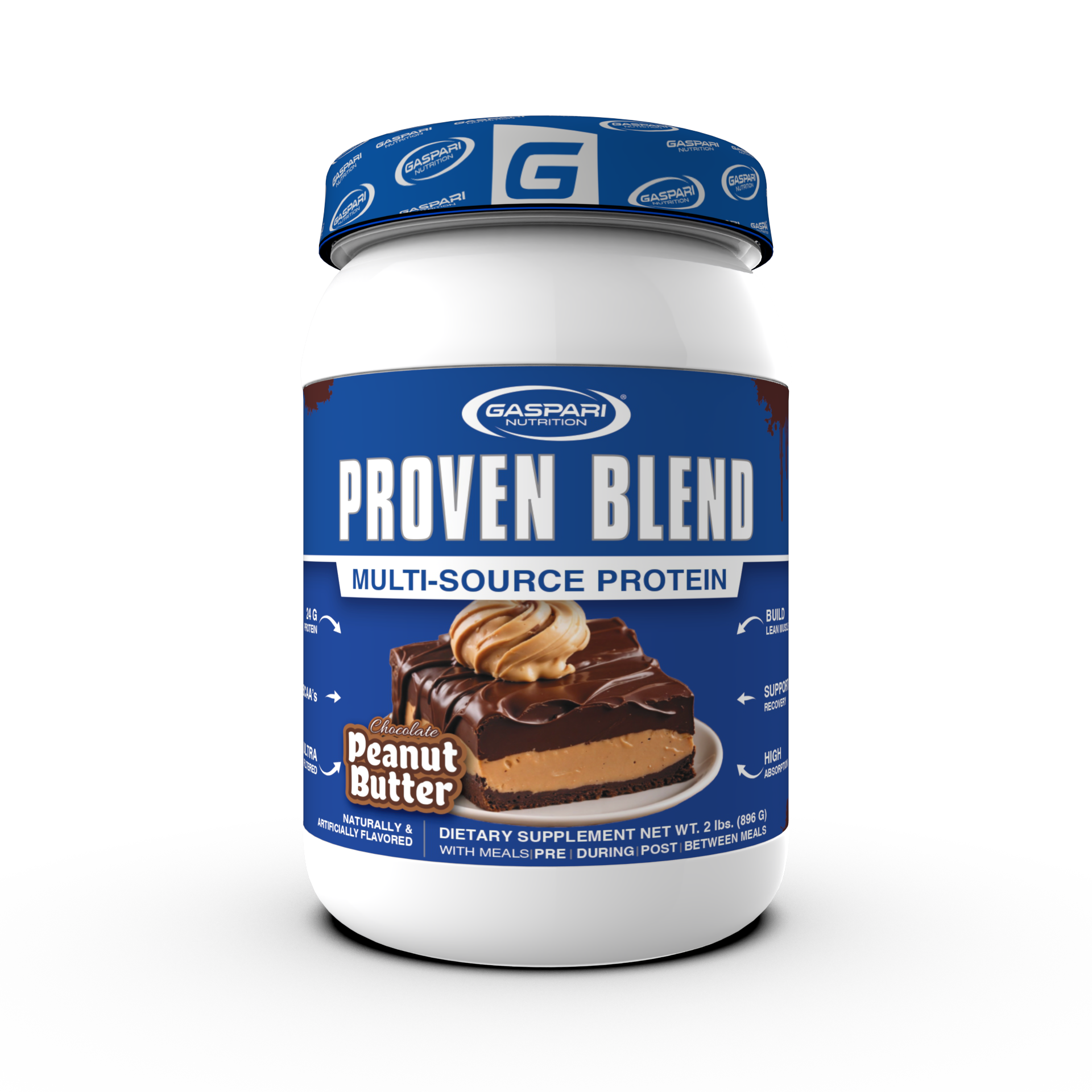


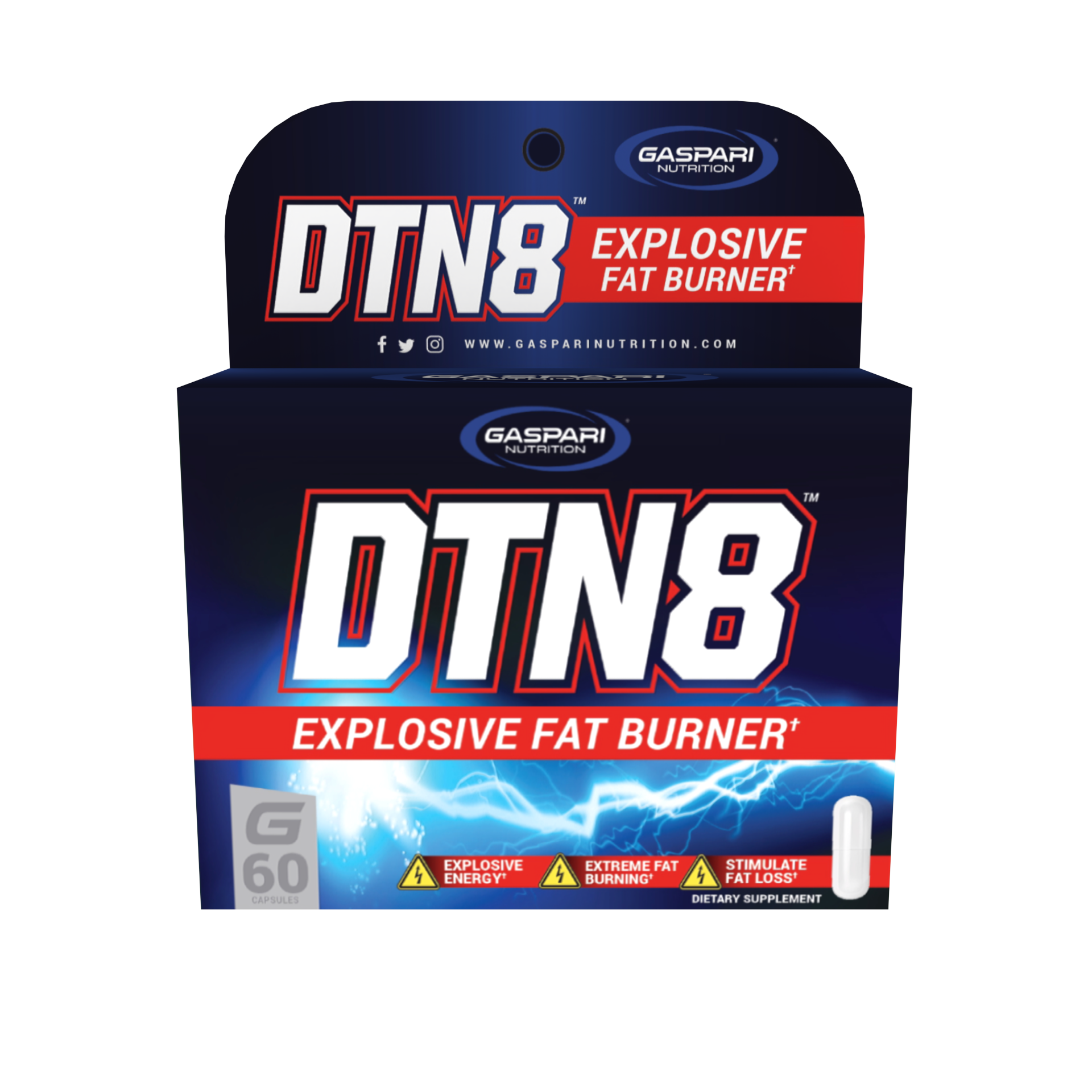



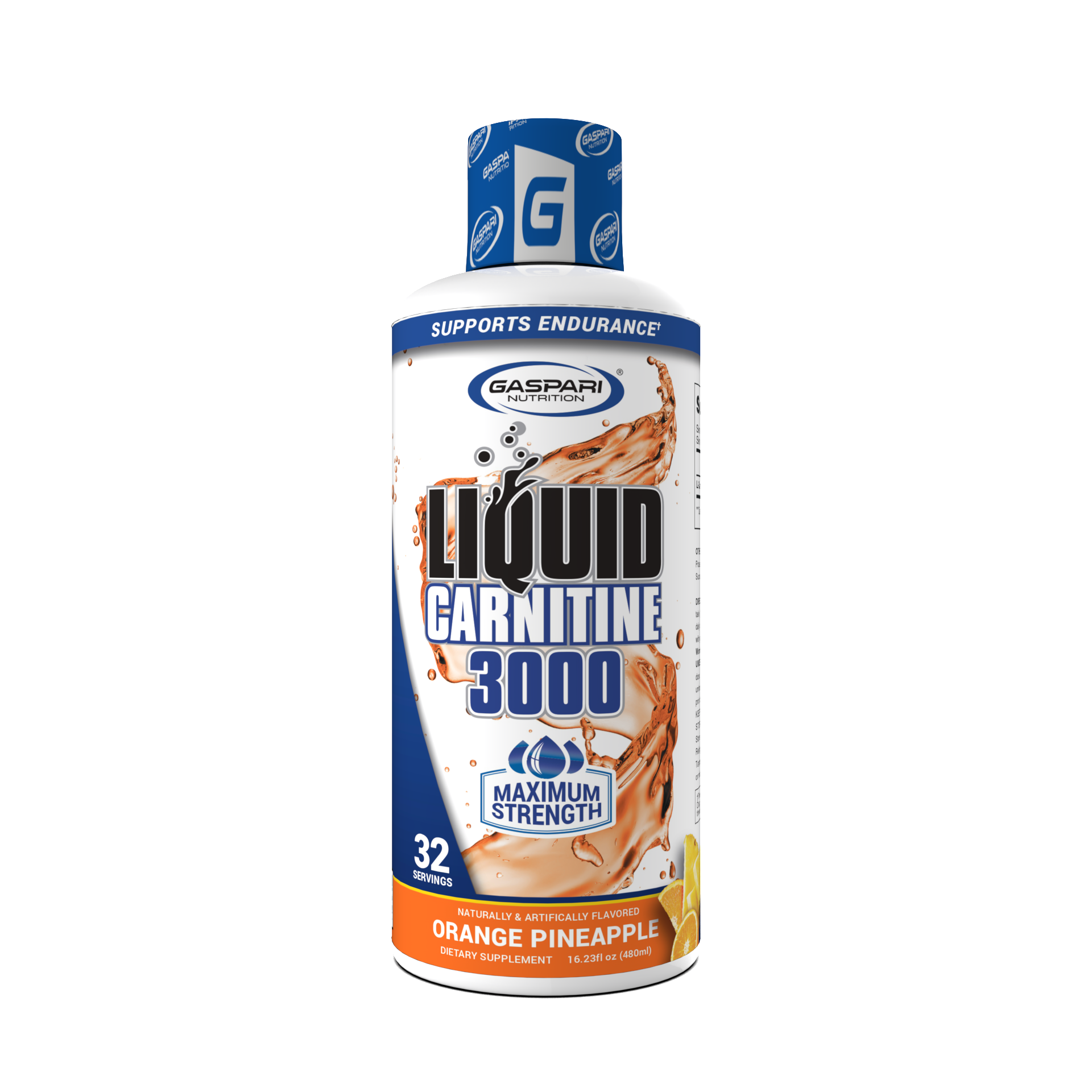


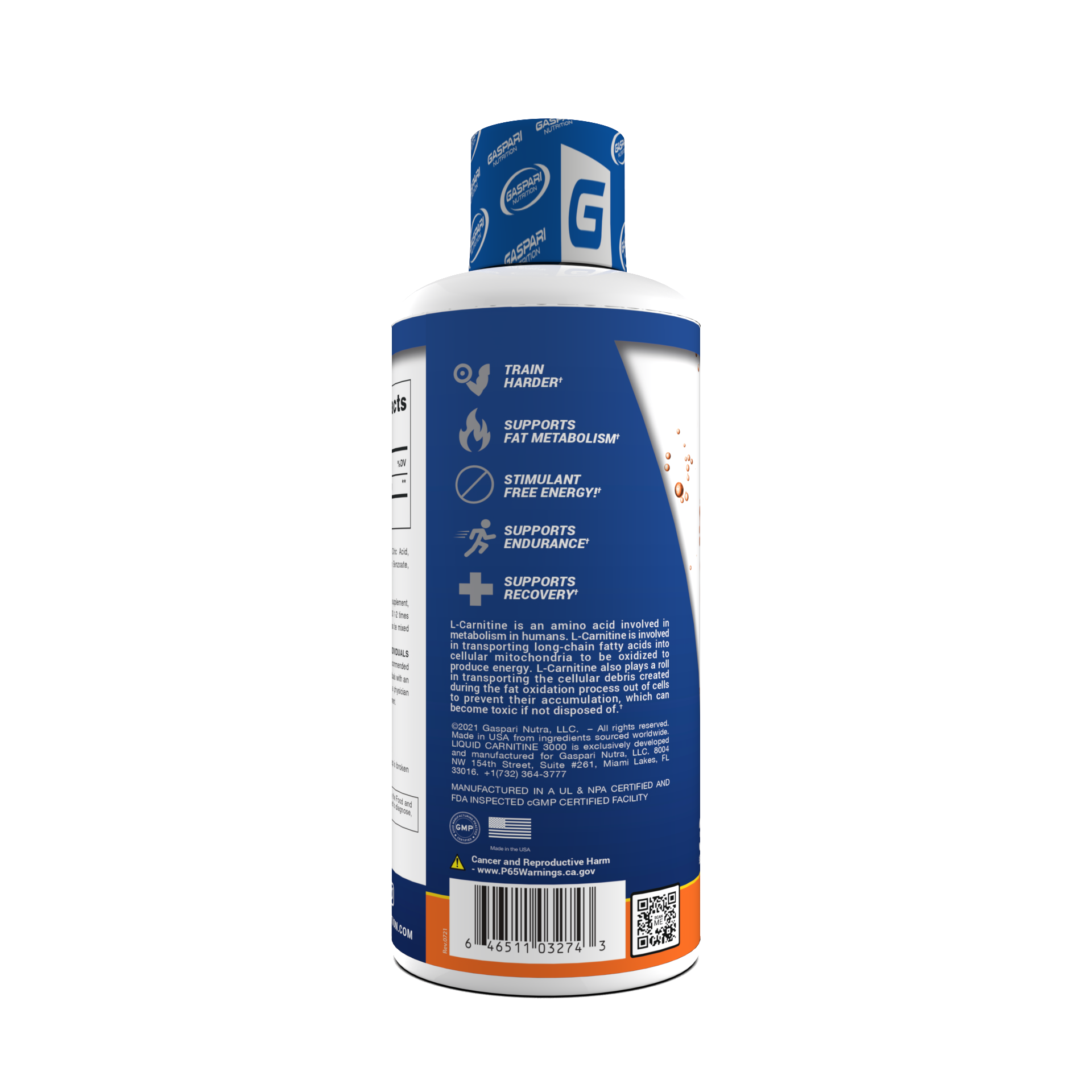

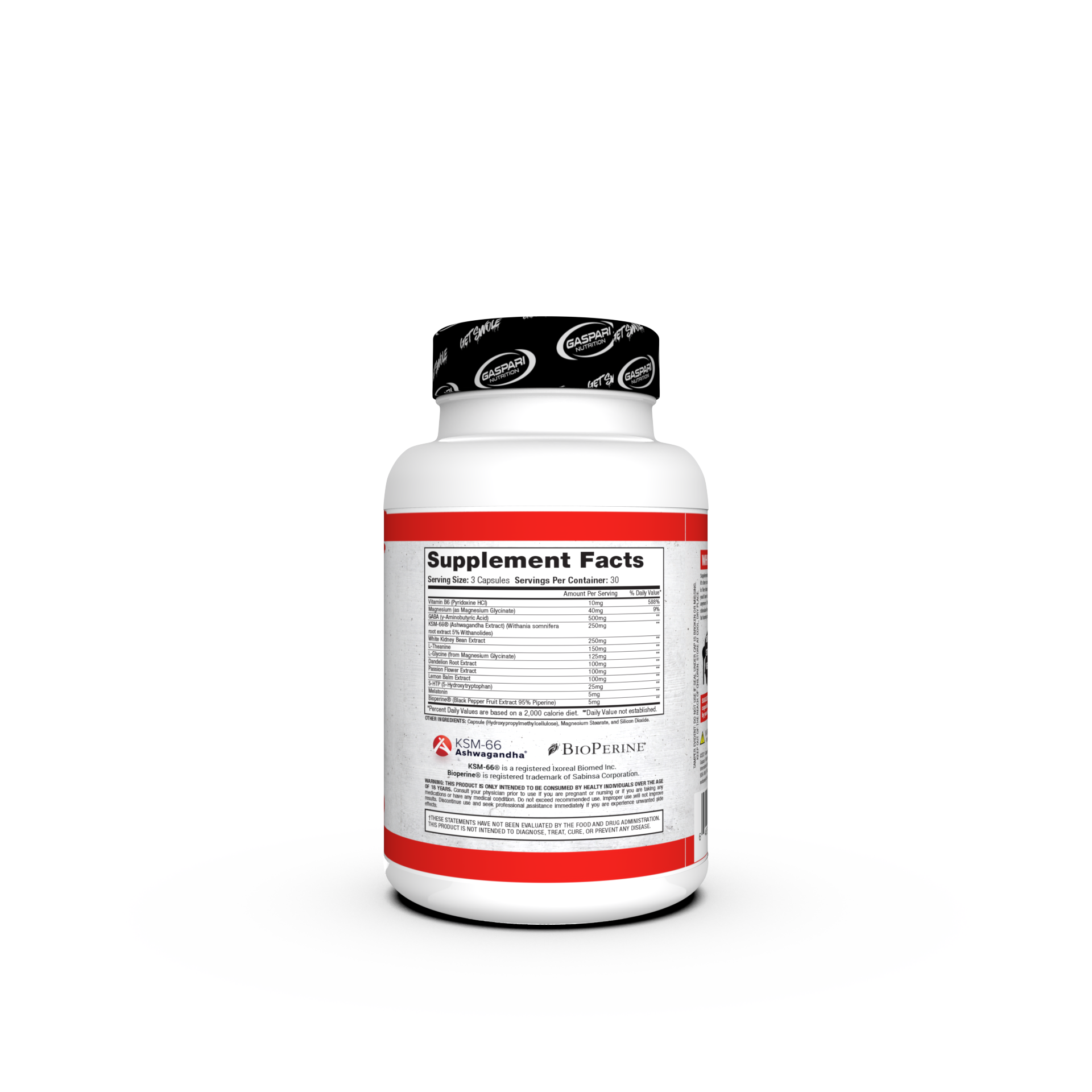
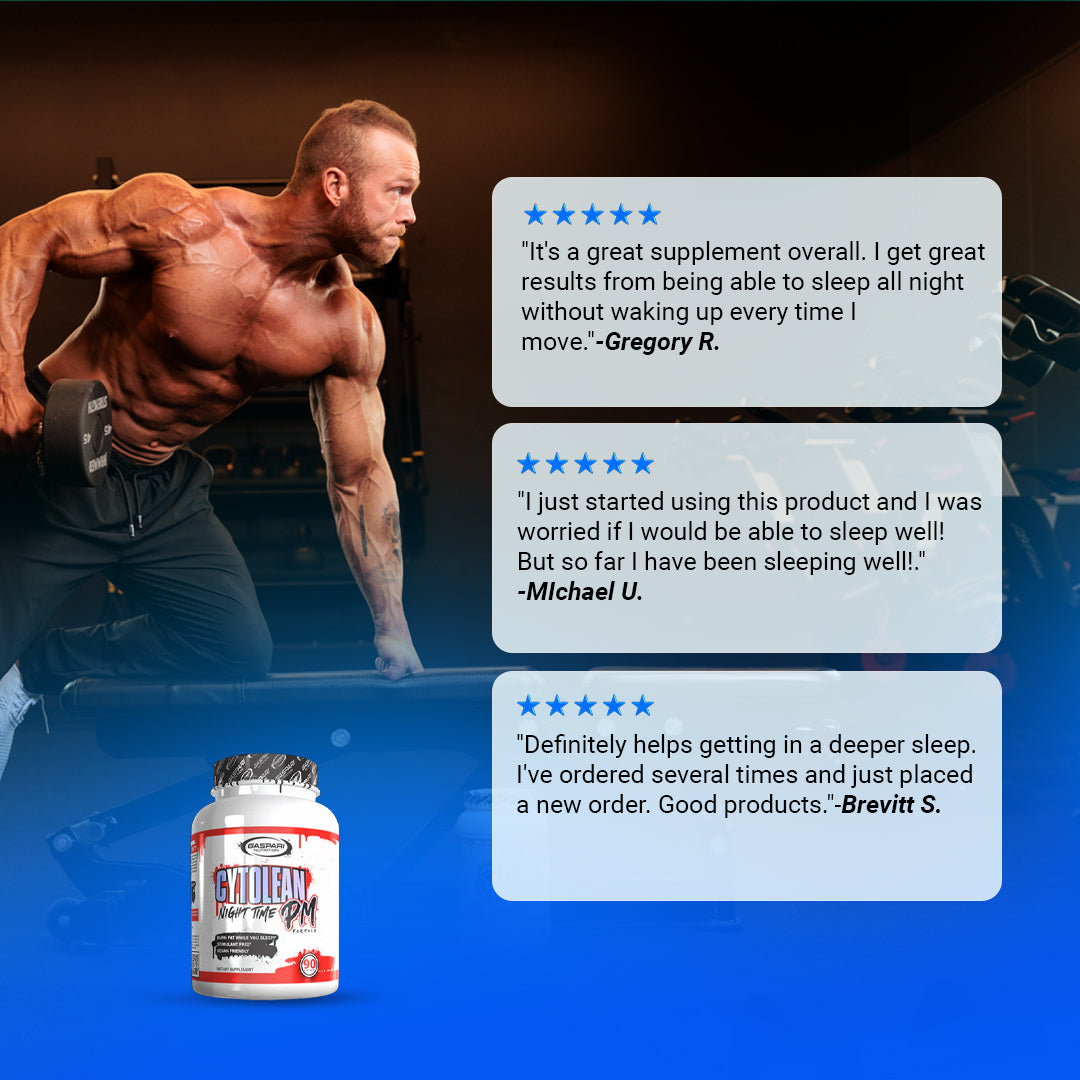

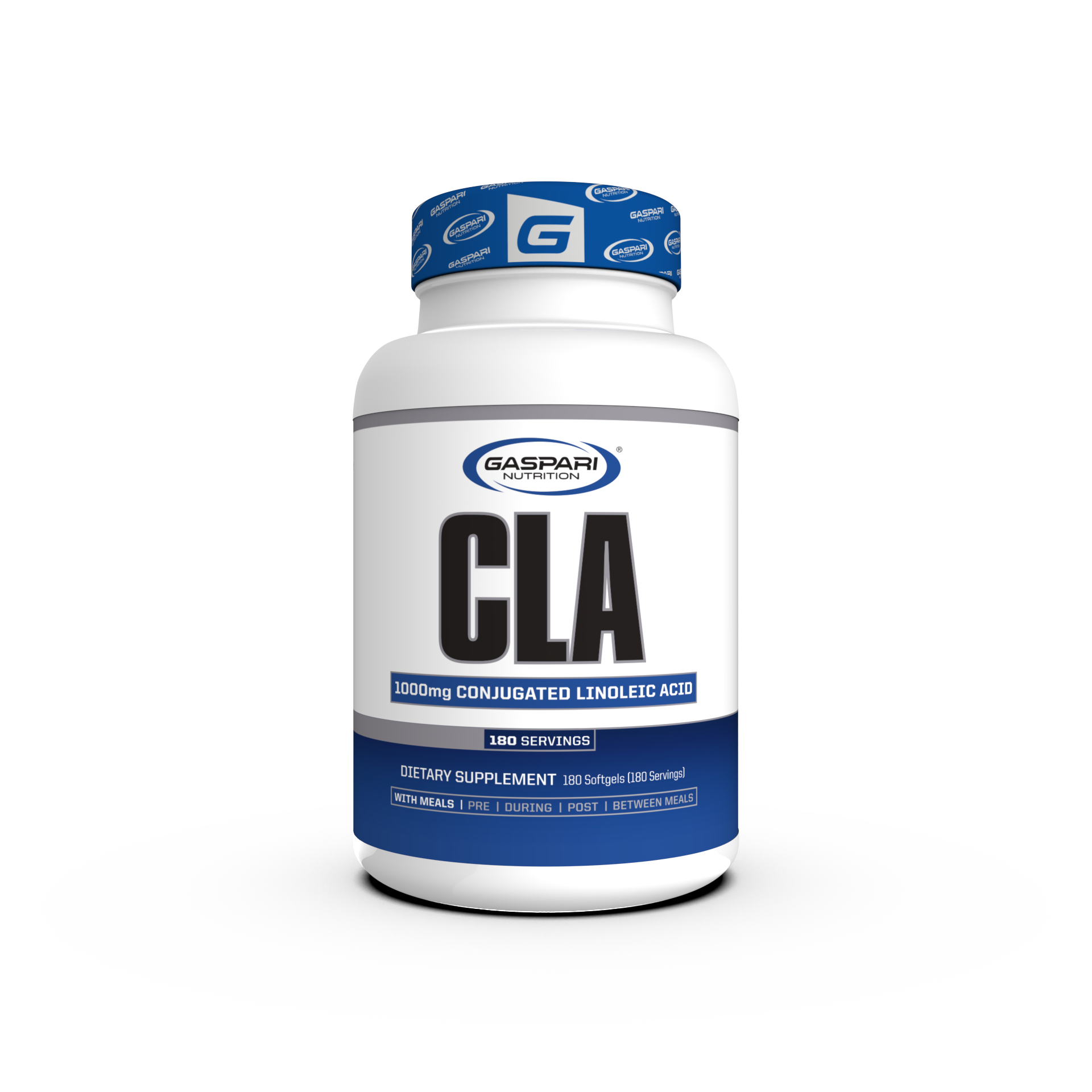

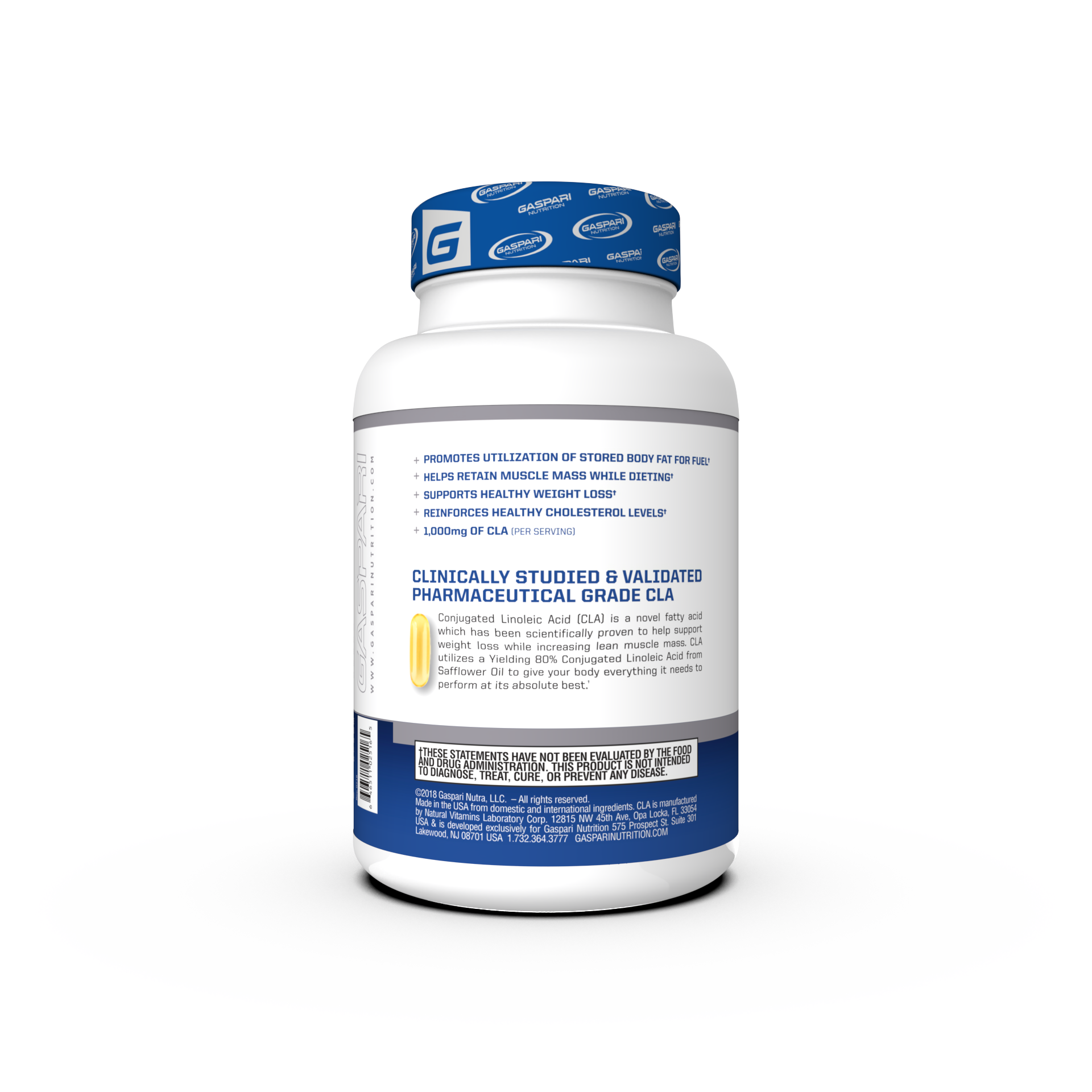



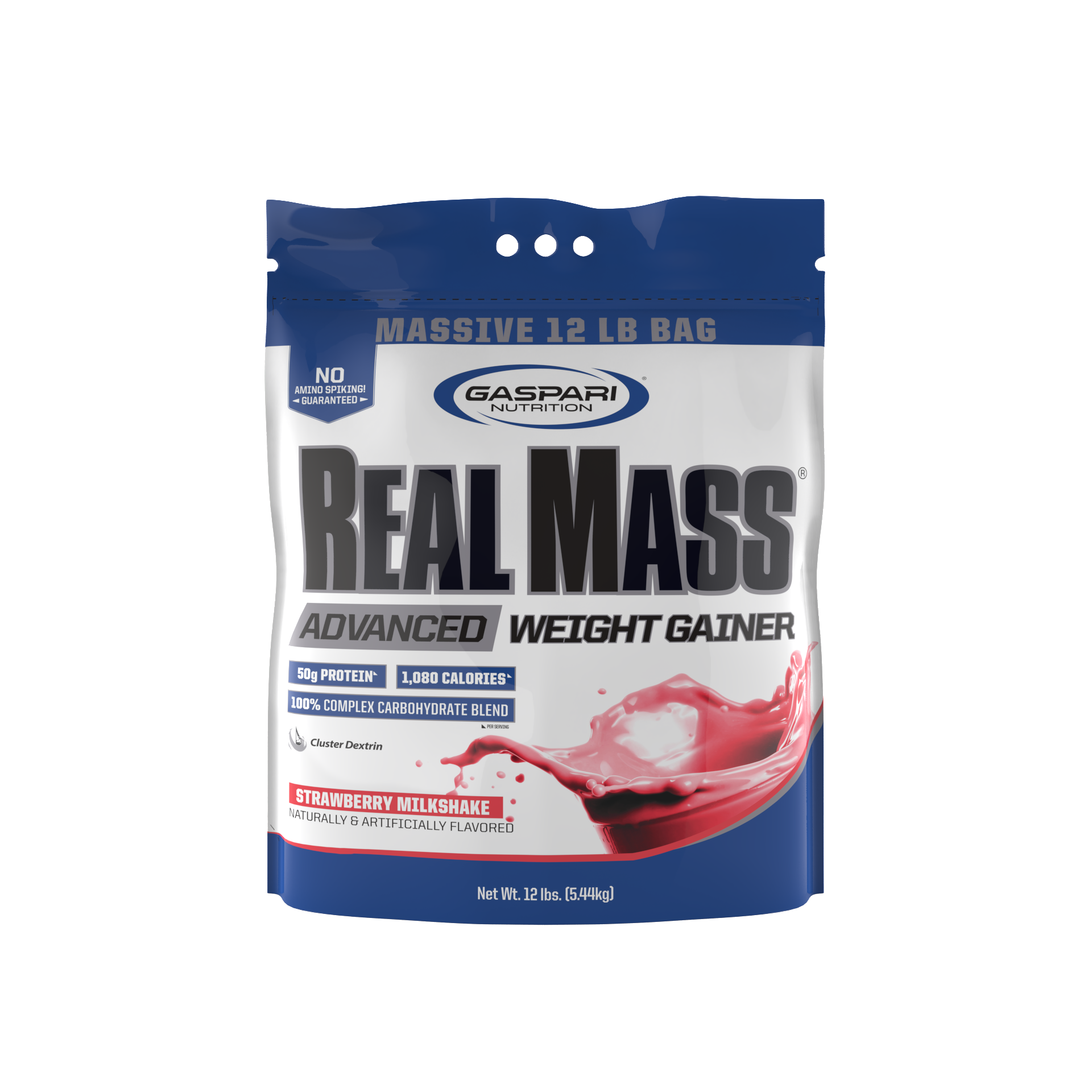

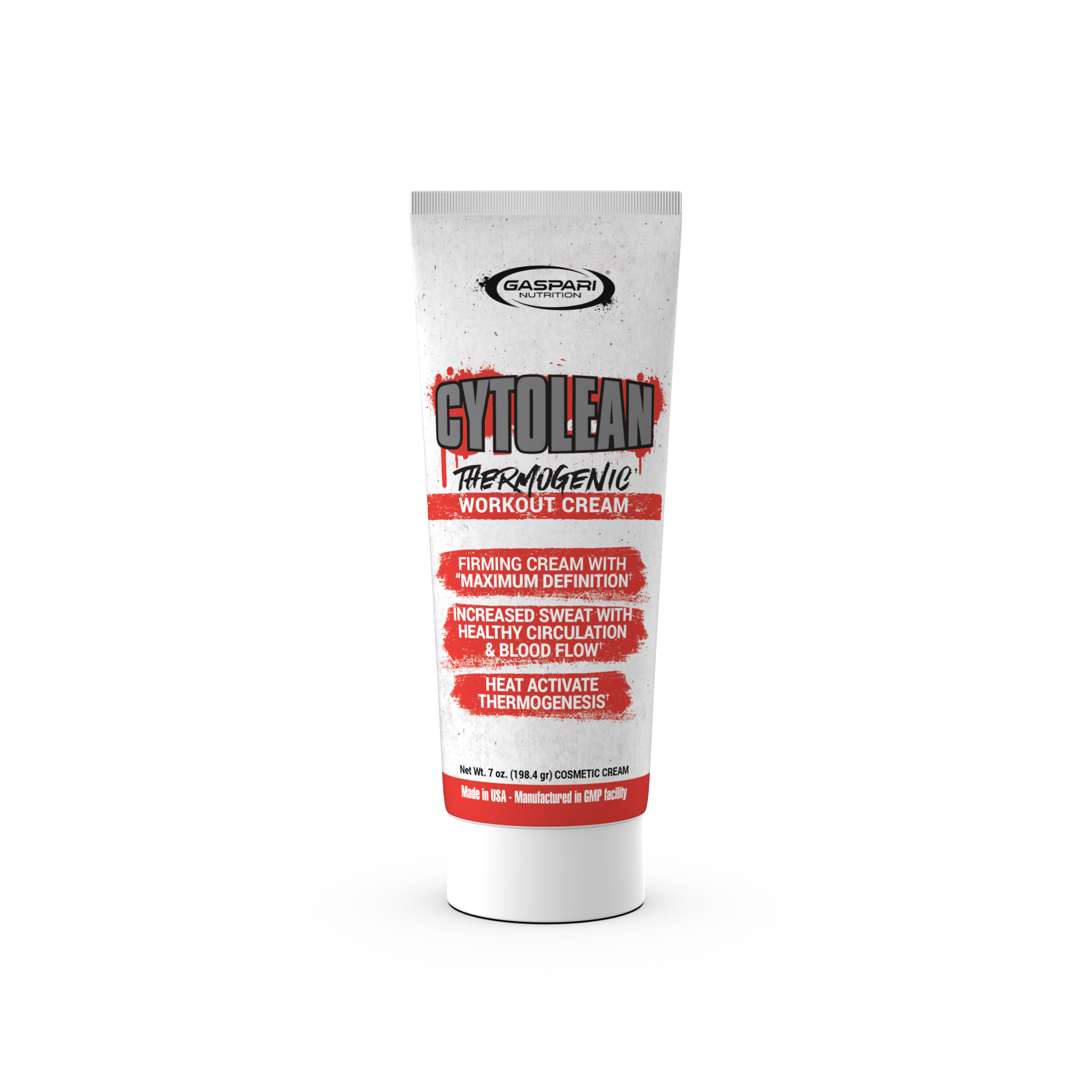

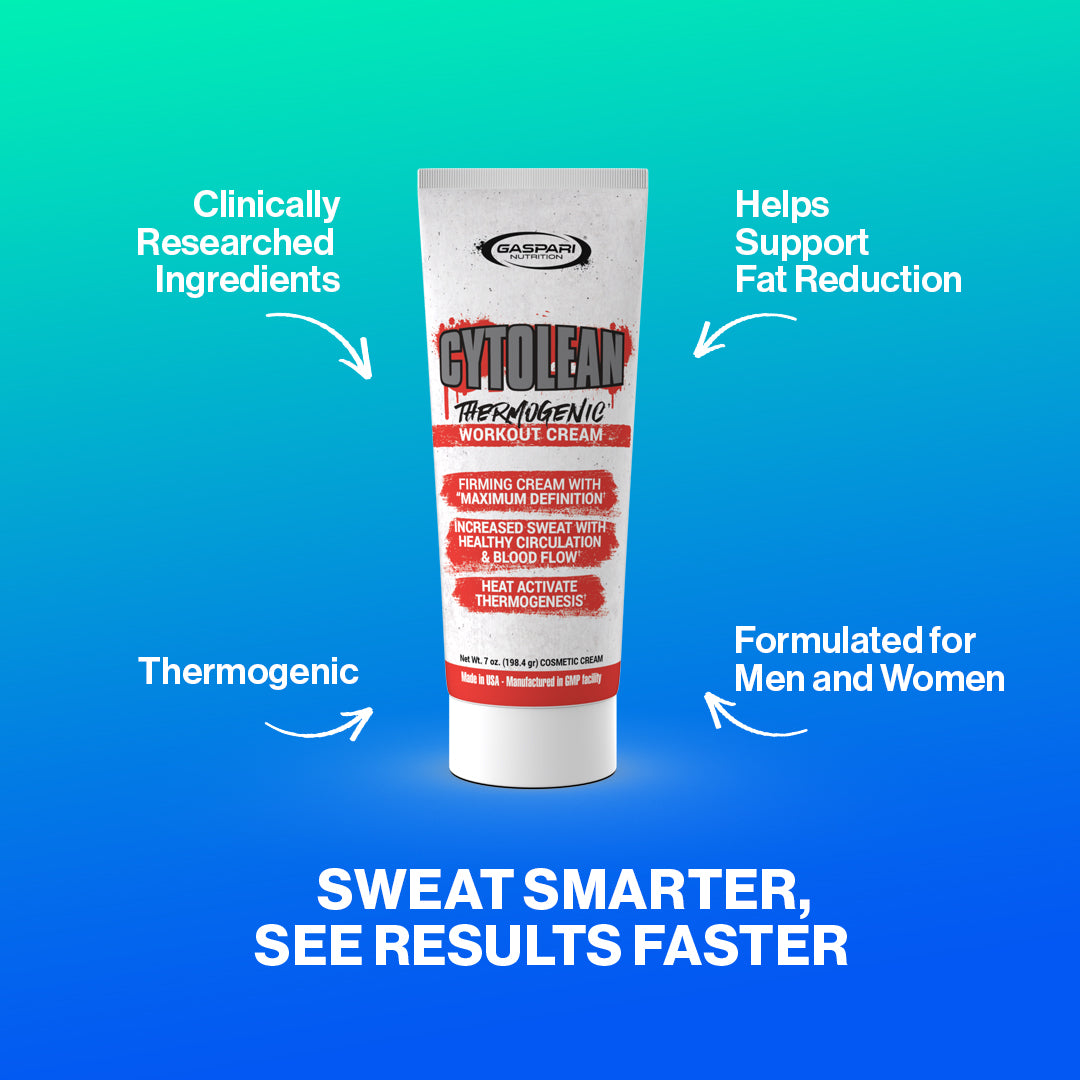

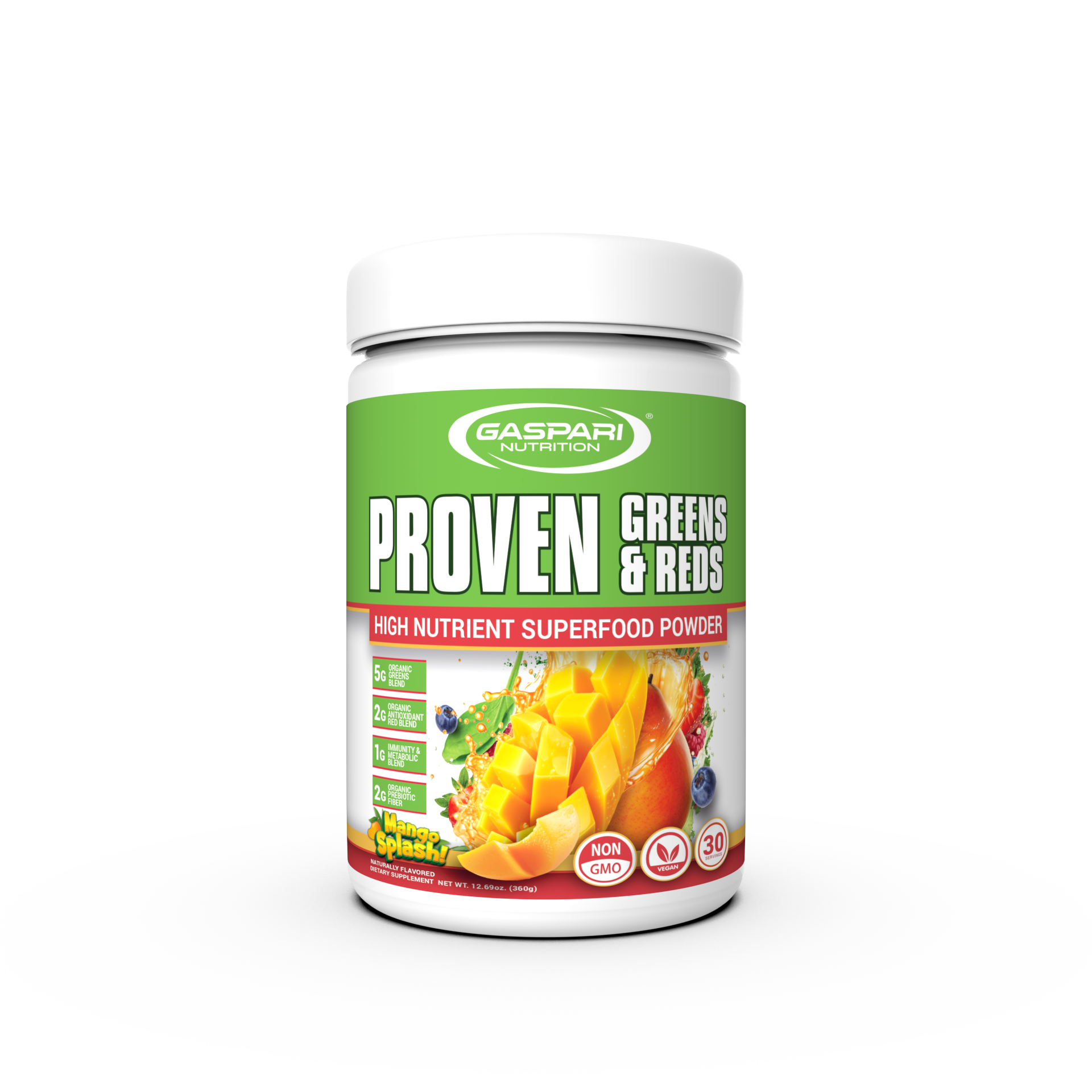
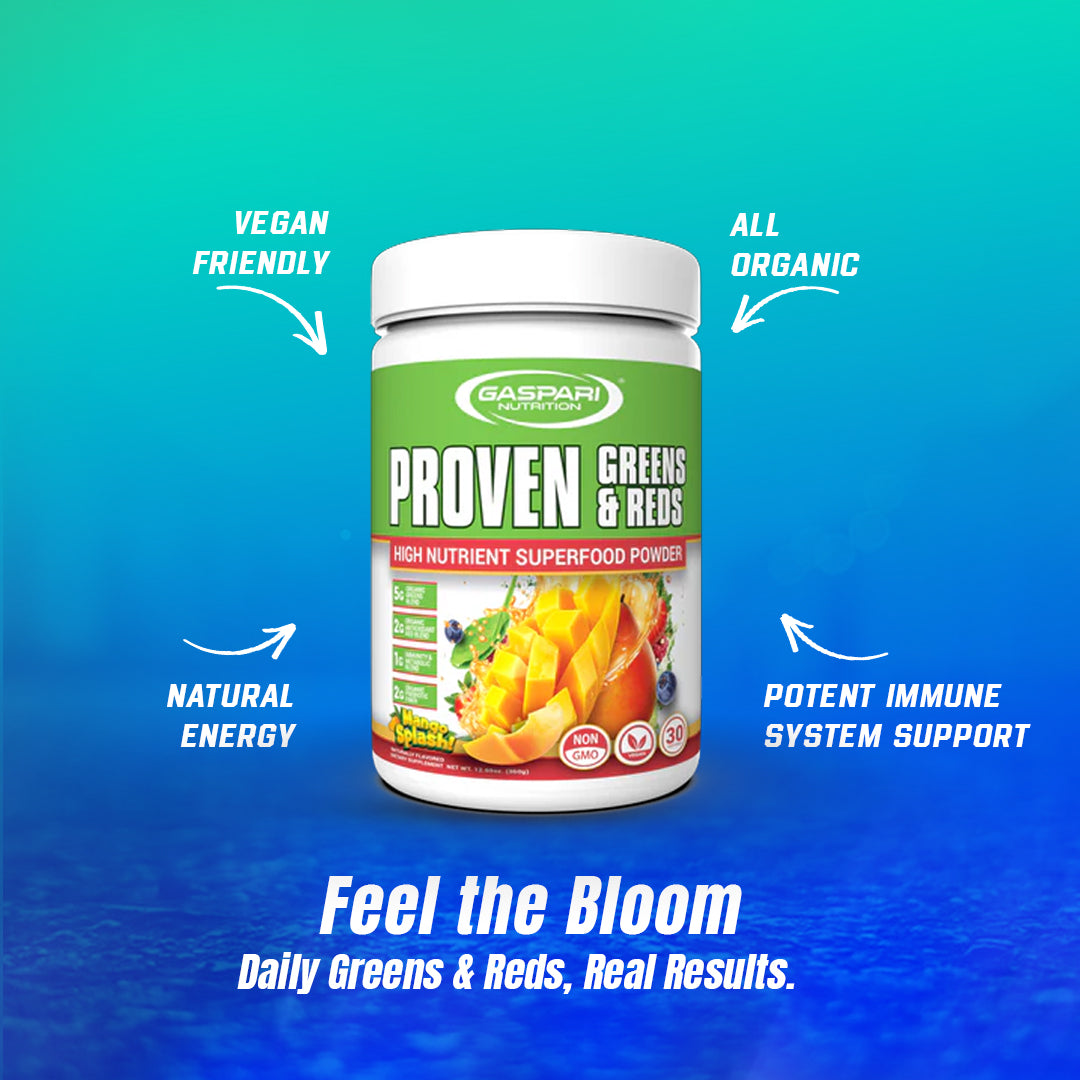

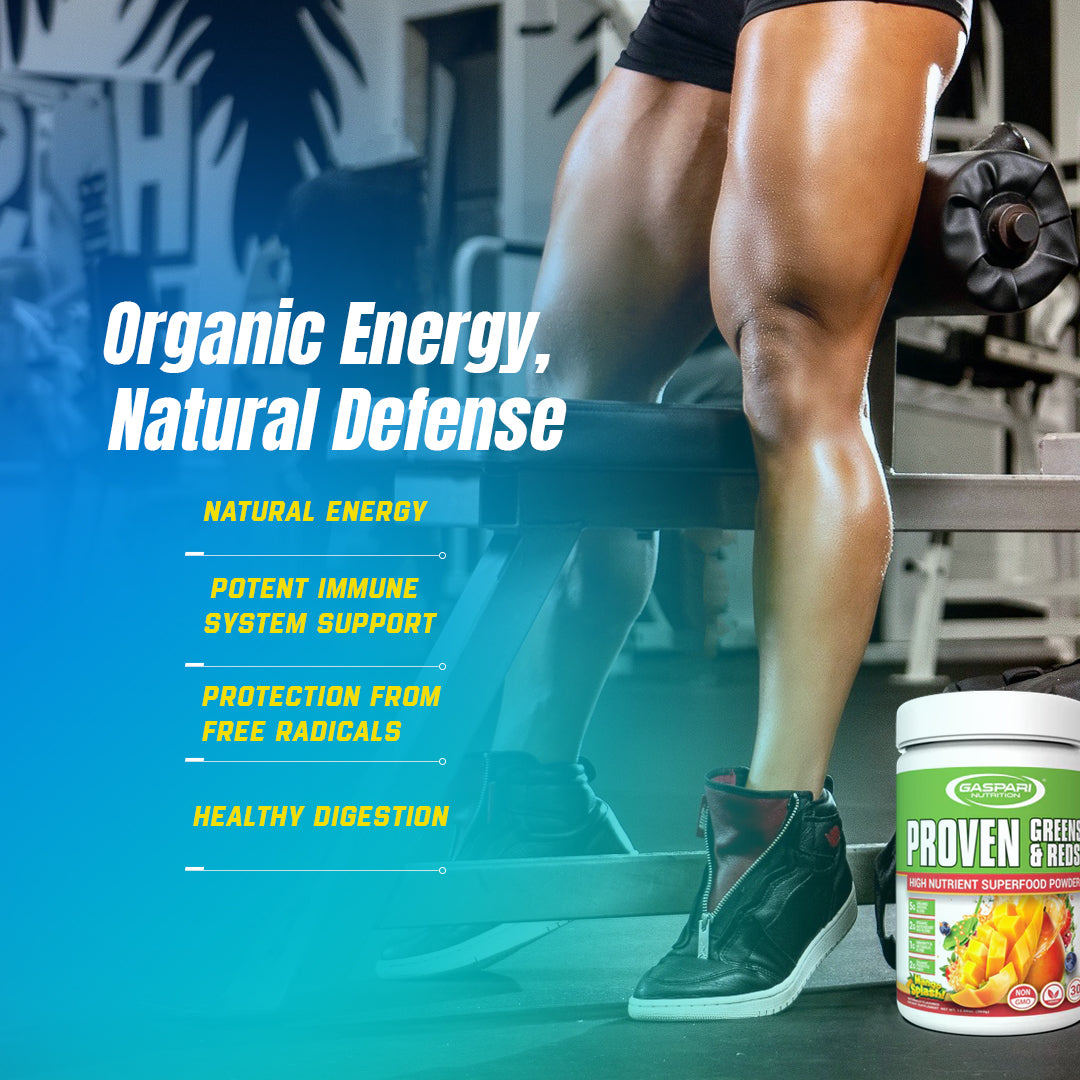

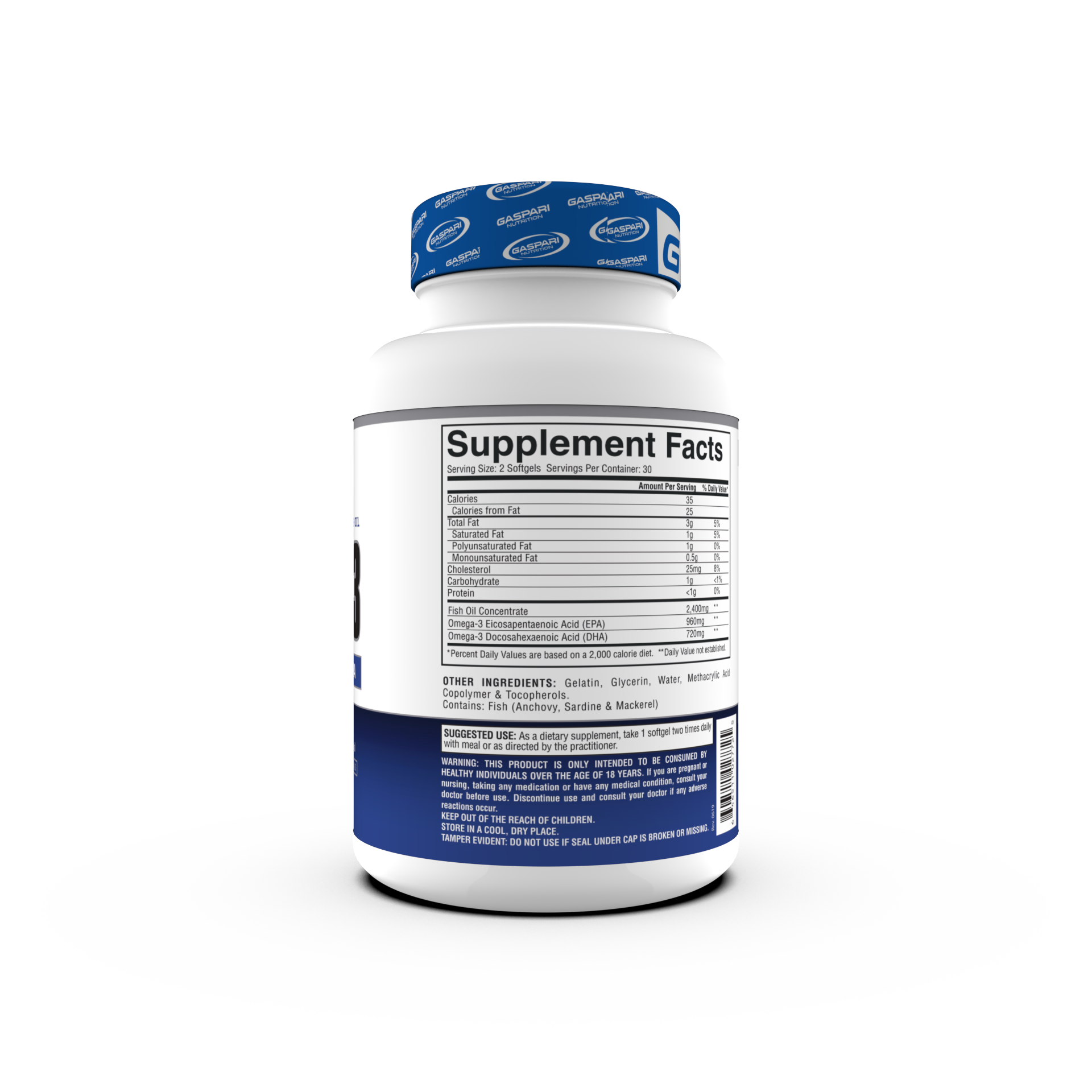
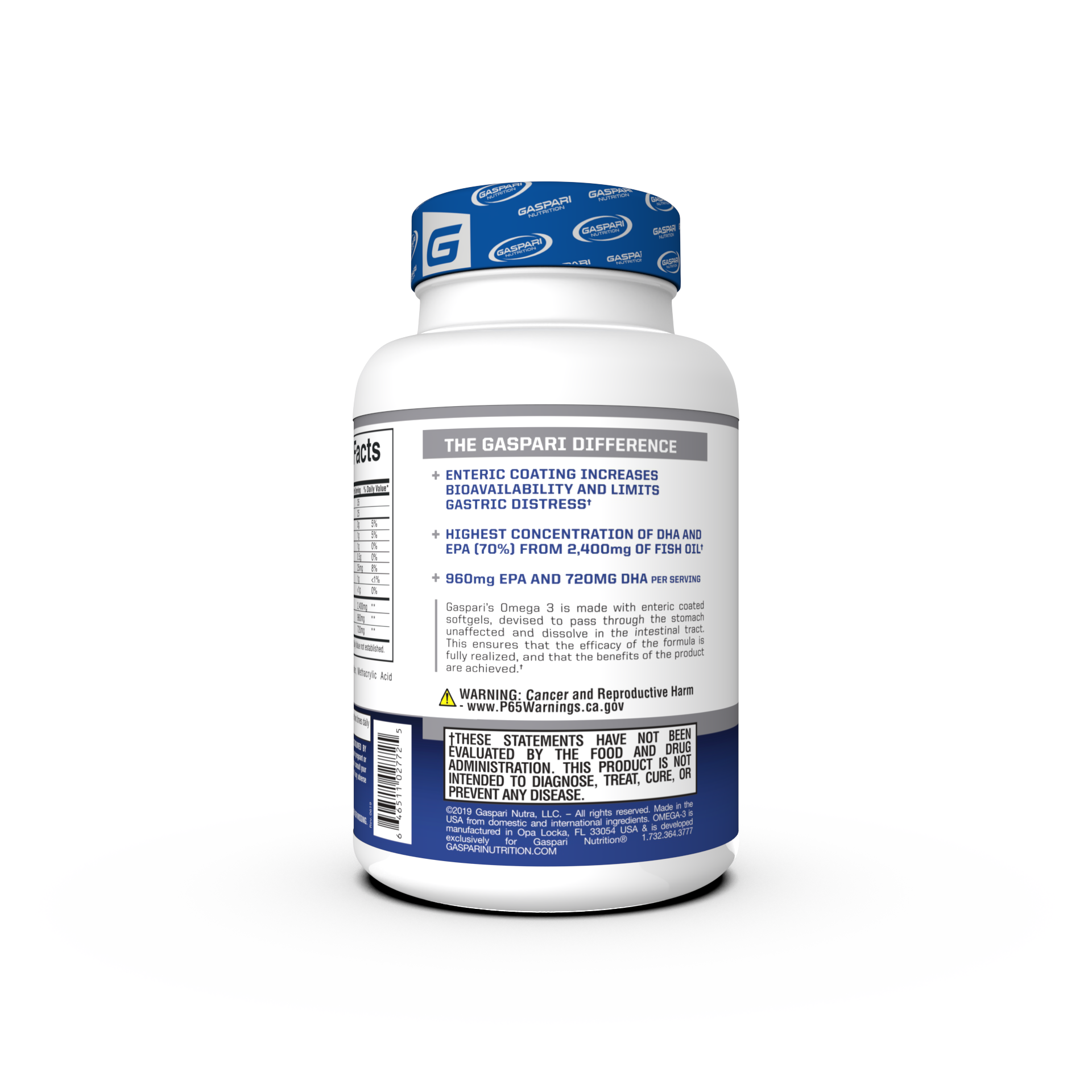

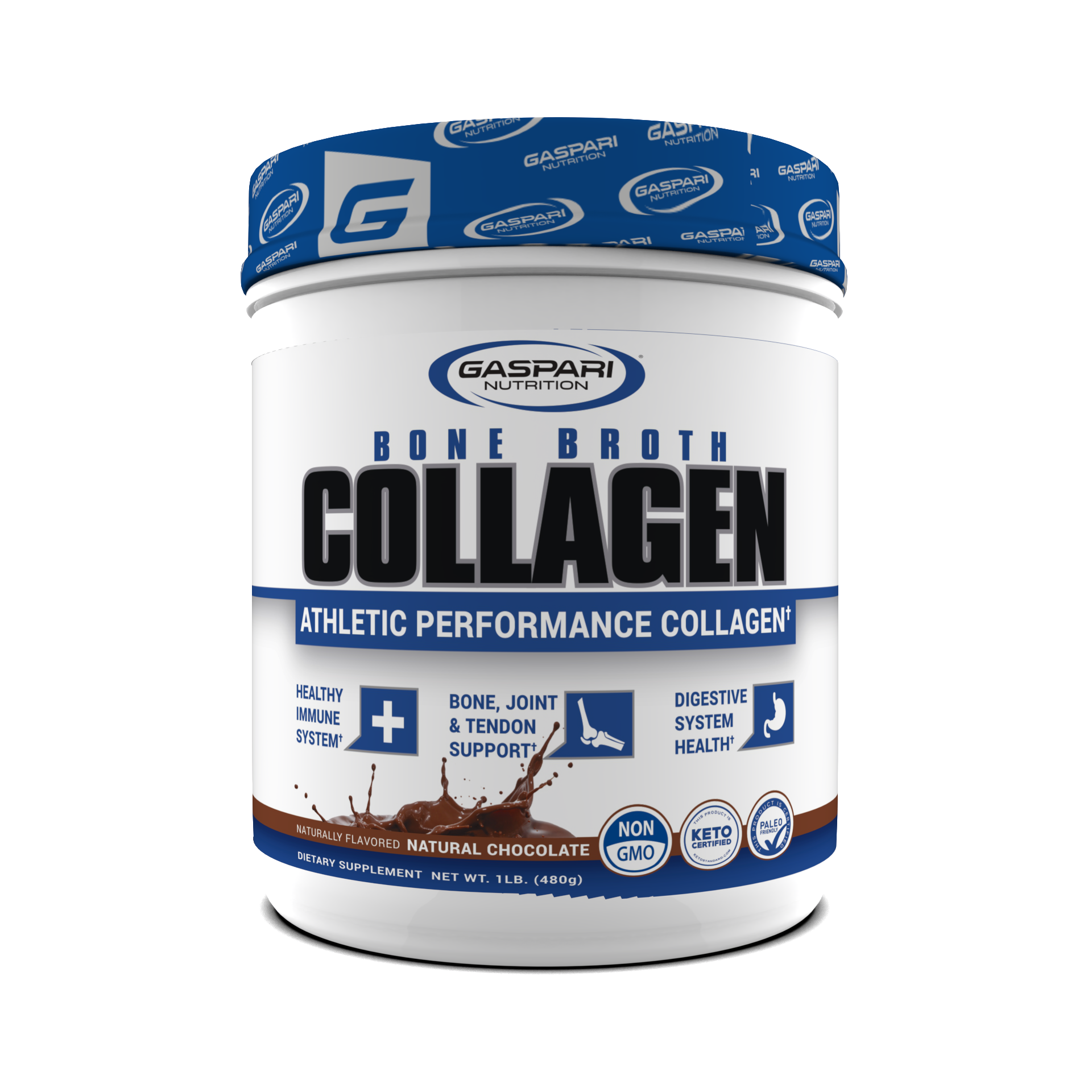







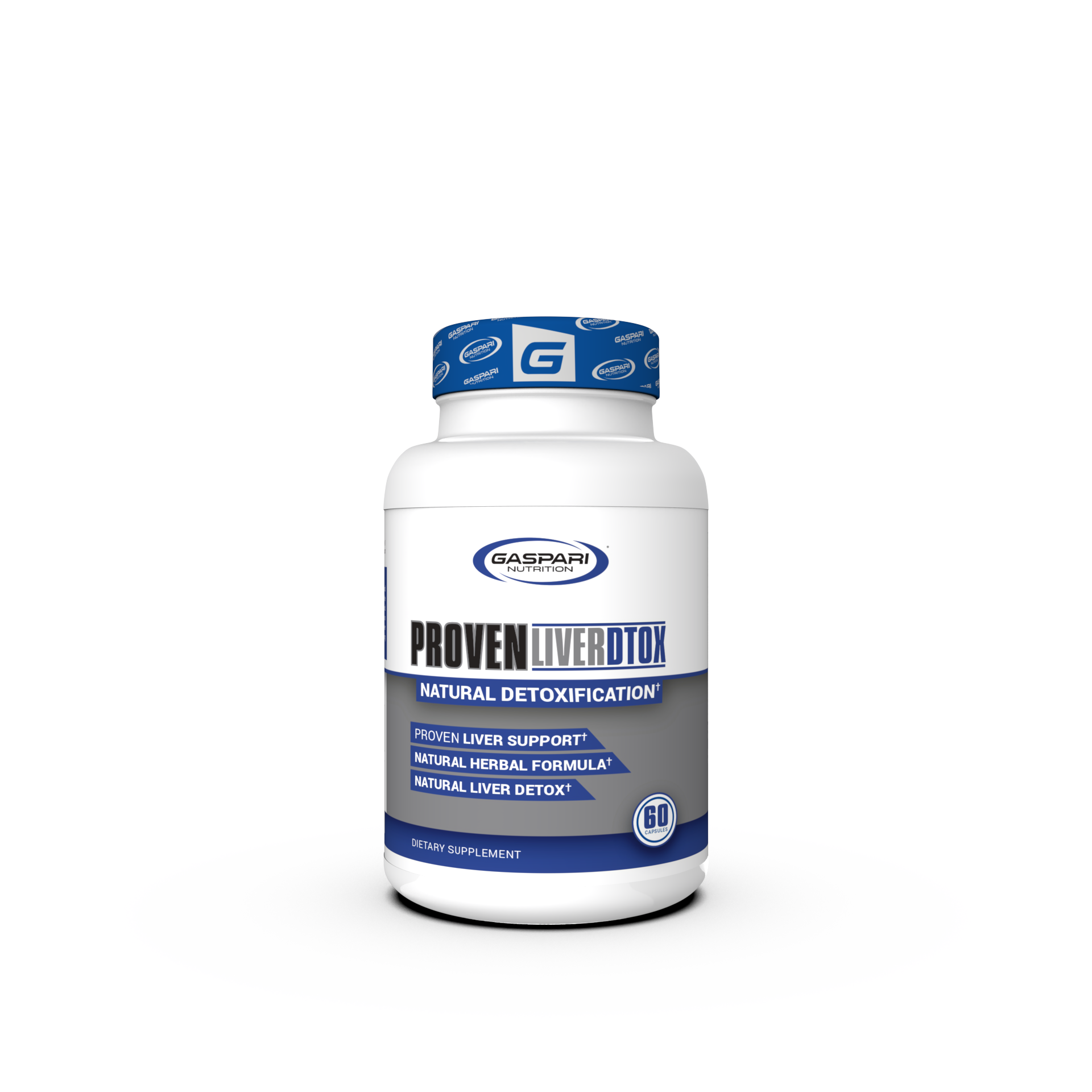

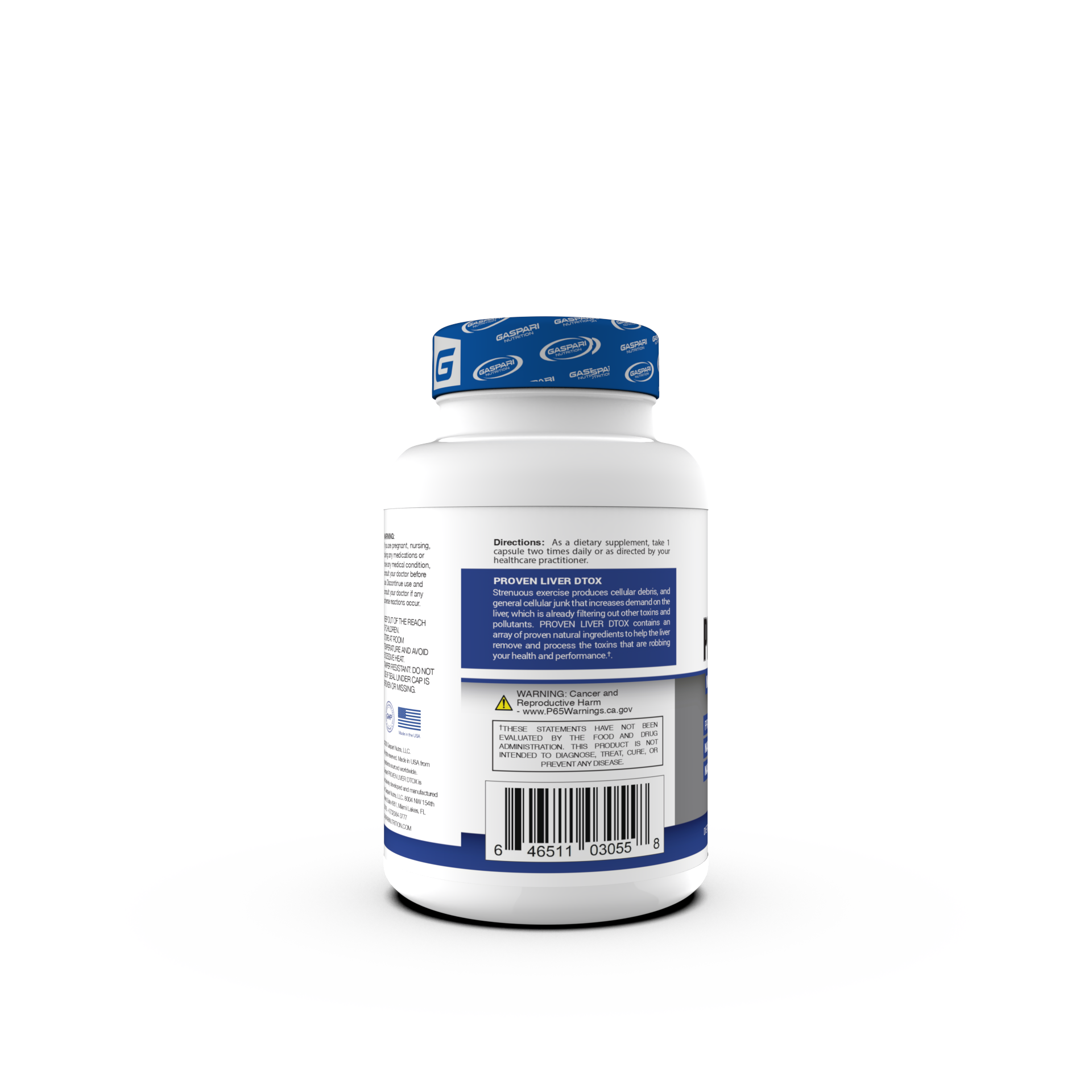

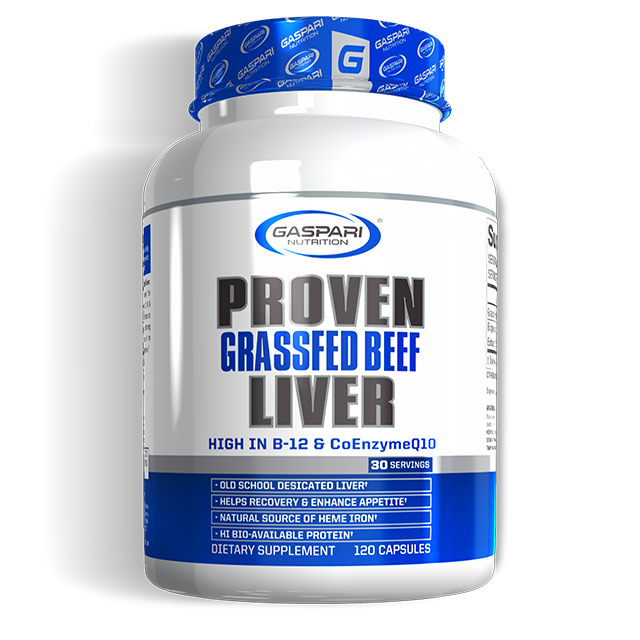





Share:
Intermittent Fasting Explained: Benefits, Methods, and Tips for Success